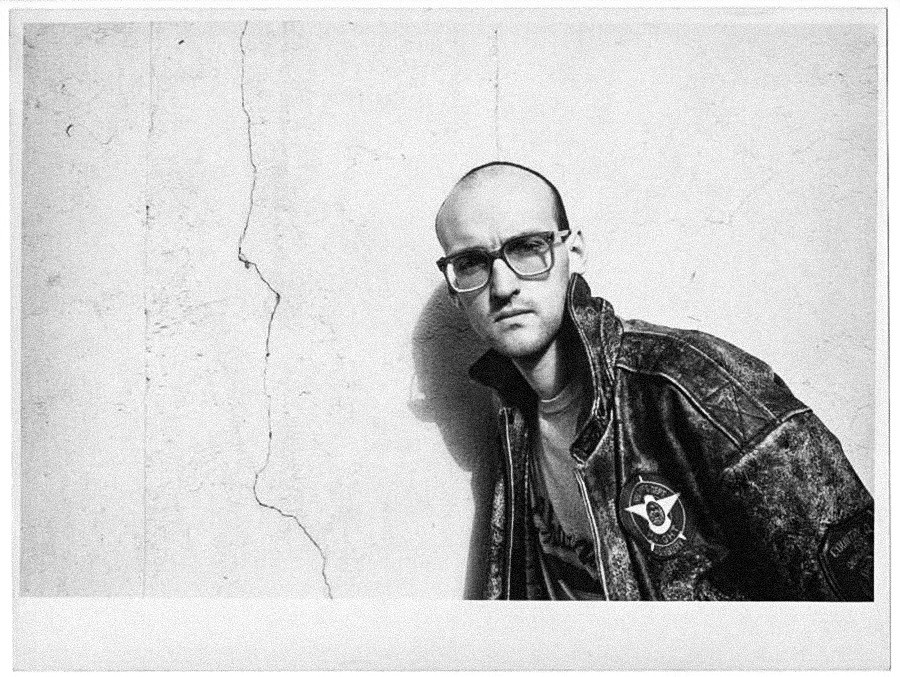Russian men of the 20th century (PHOTOS)
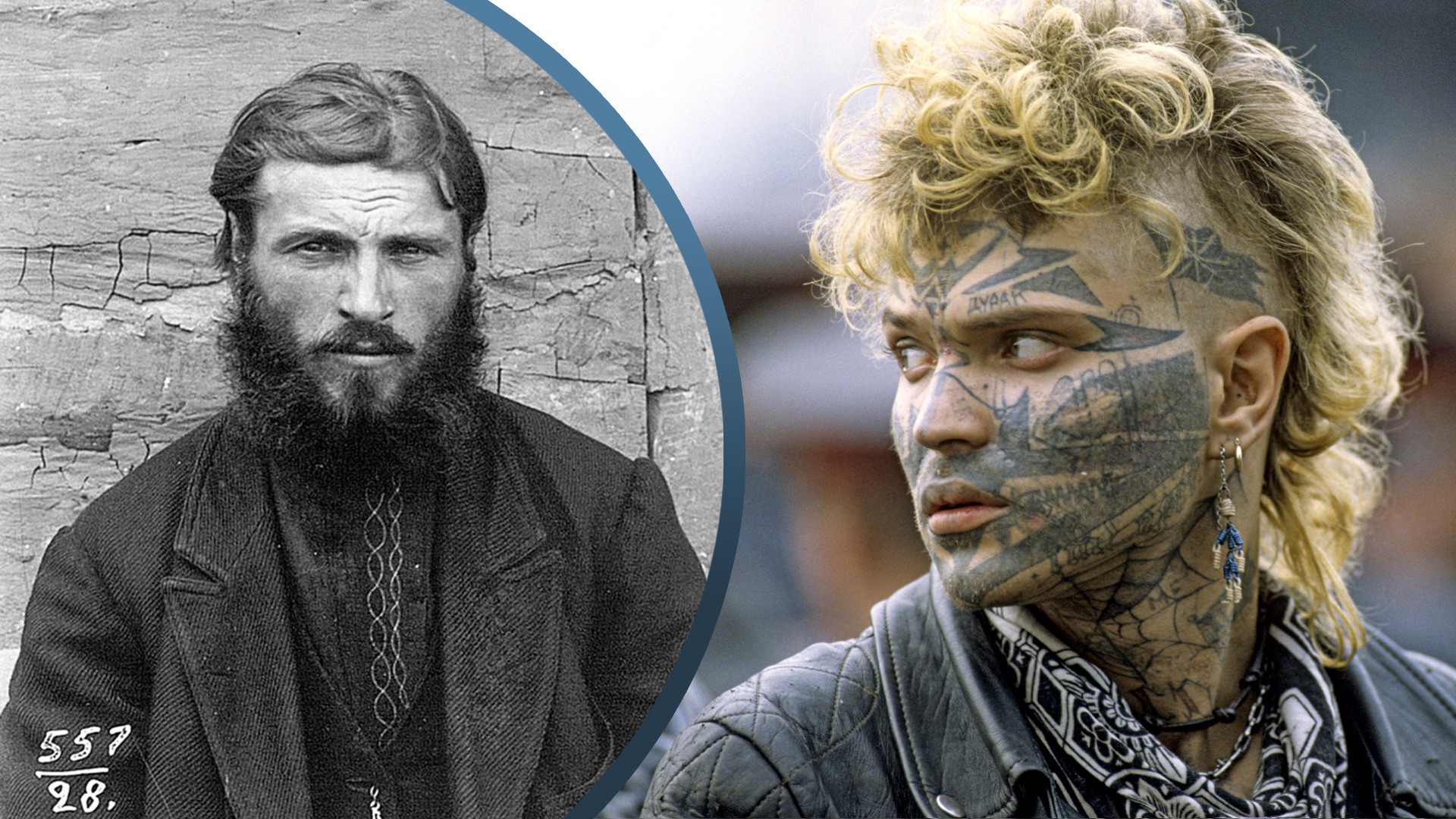
Before the revolution, when there was huge class diversity in Russia, men’s appearance varied enormously. Peasants, merchants, nobles, soldiers — here's how they all looked in the last years of the Russian Empire:

Portrait of an elderly man in a white hat, Nizhny Novgorod, 1900s
I. Ivanov/МАММ/МDF/russiainphoto.ru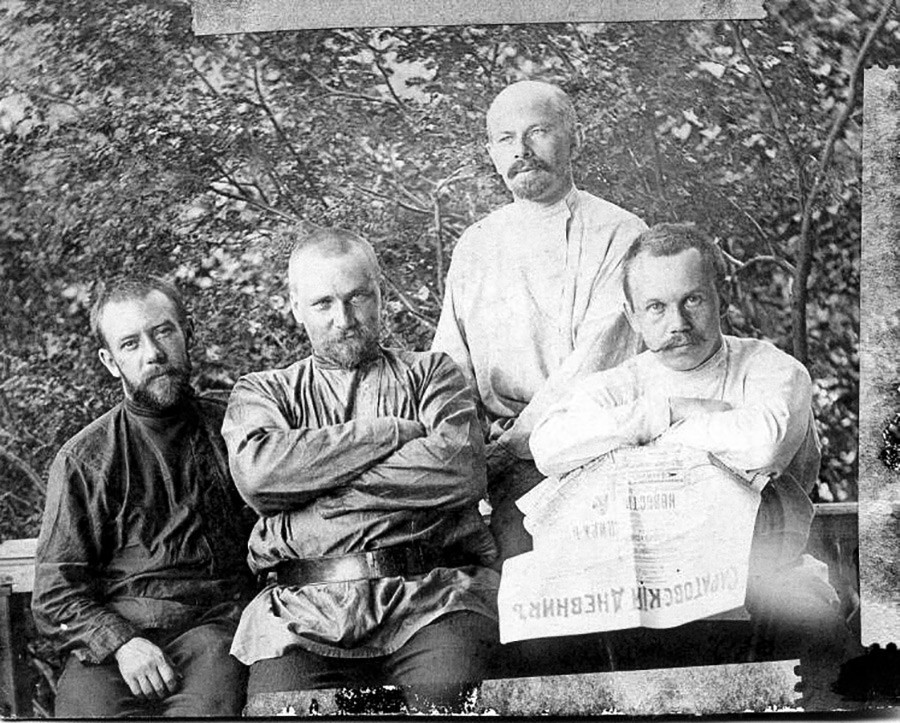
Portrait of four men from Saratov Province, 1900s
Unknown author/МАММ/МDF/russiainphoto.ru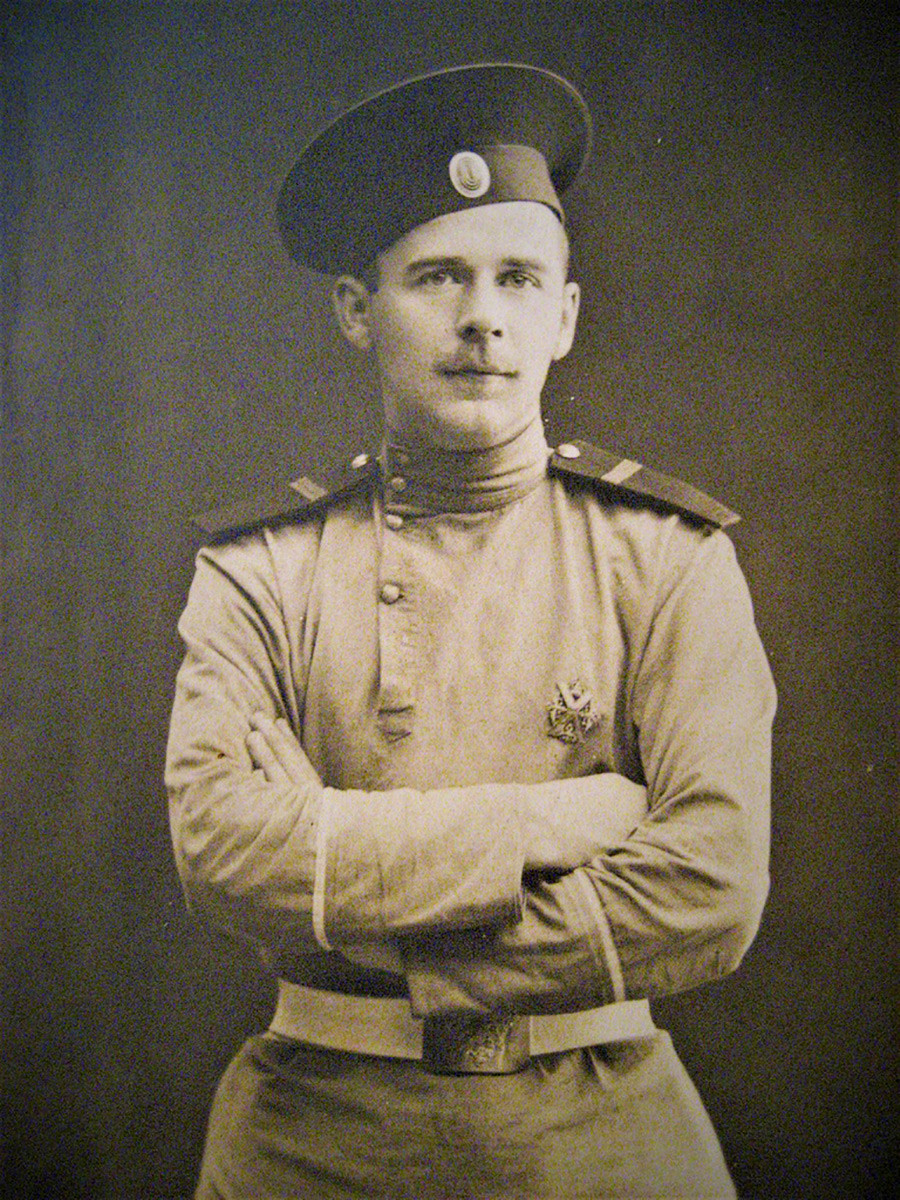
Non-commissioned officer of the Preobrazhensky Life Guards Regiment A.N. Sinyavin
Photo from the archive of Igor Cheradionov/russiainphoto.ru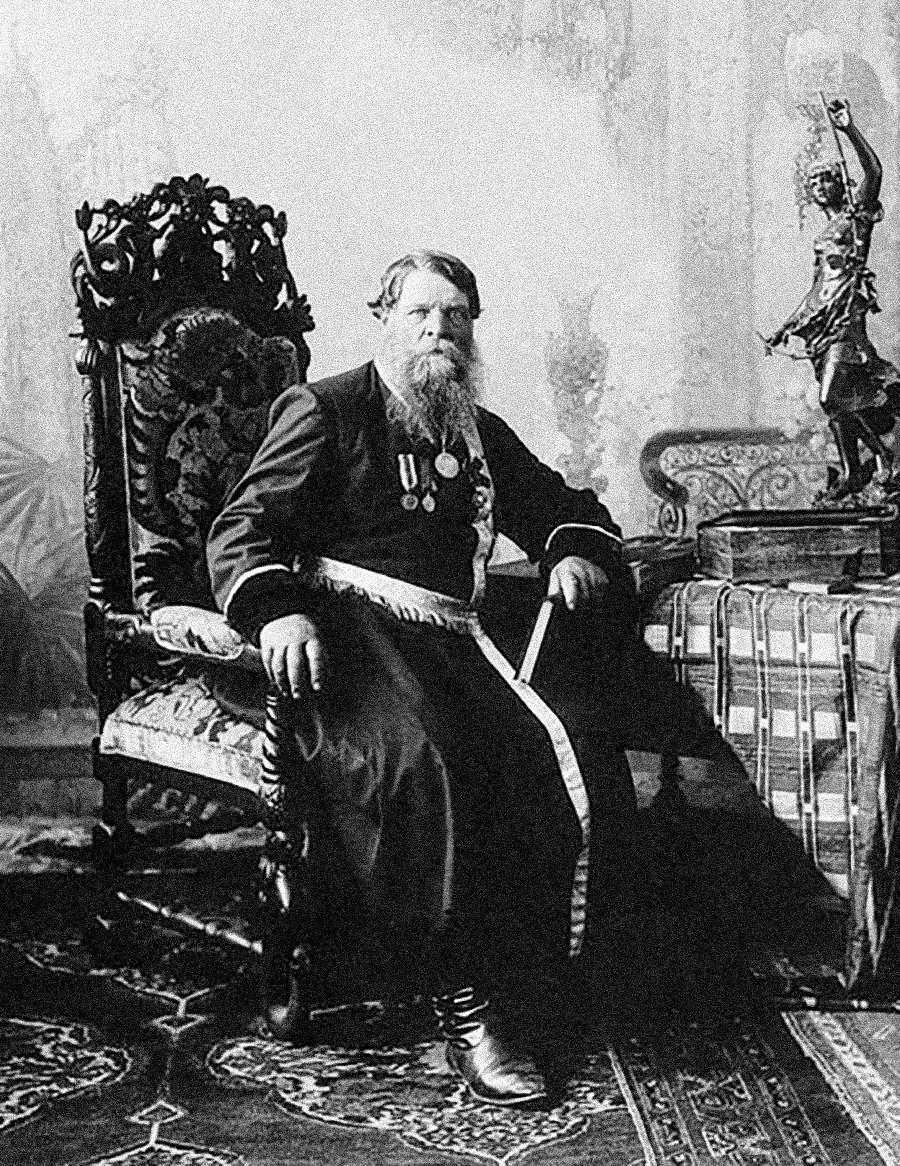
Nizhny Novgorod merchant Sergeev, 1900s
Maxim Dmitriev/Audiovisual documentation archive of Nizhny Novgorod Region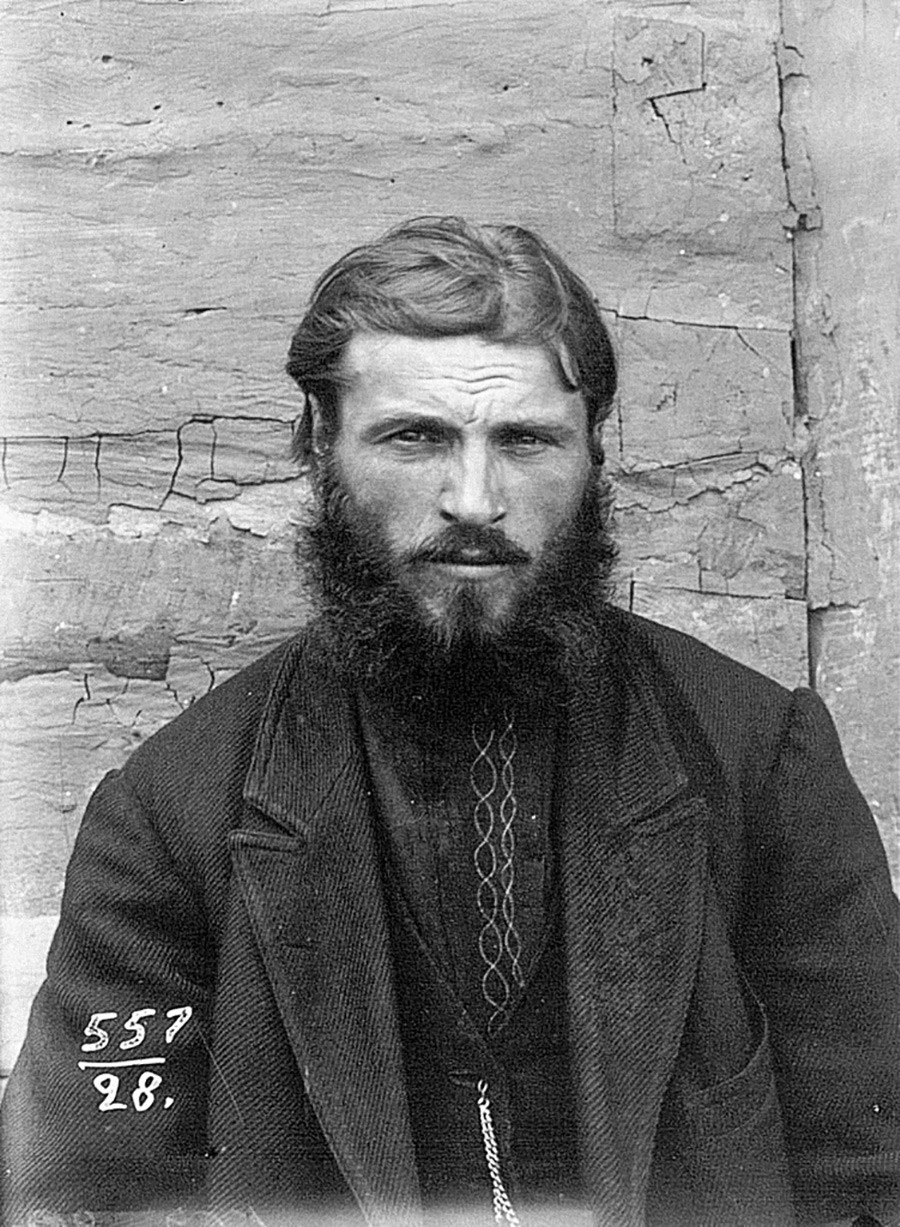
Peasant from Chernigov Province (now Ukraine), 1900s
Kunstkamera/russiainphoto.ru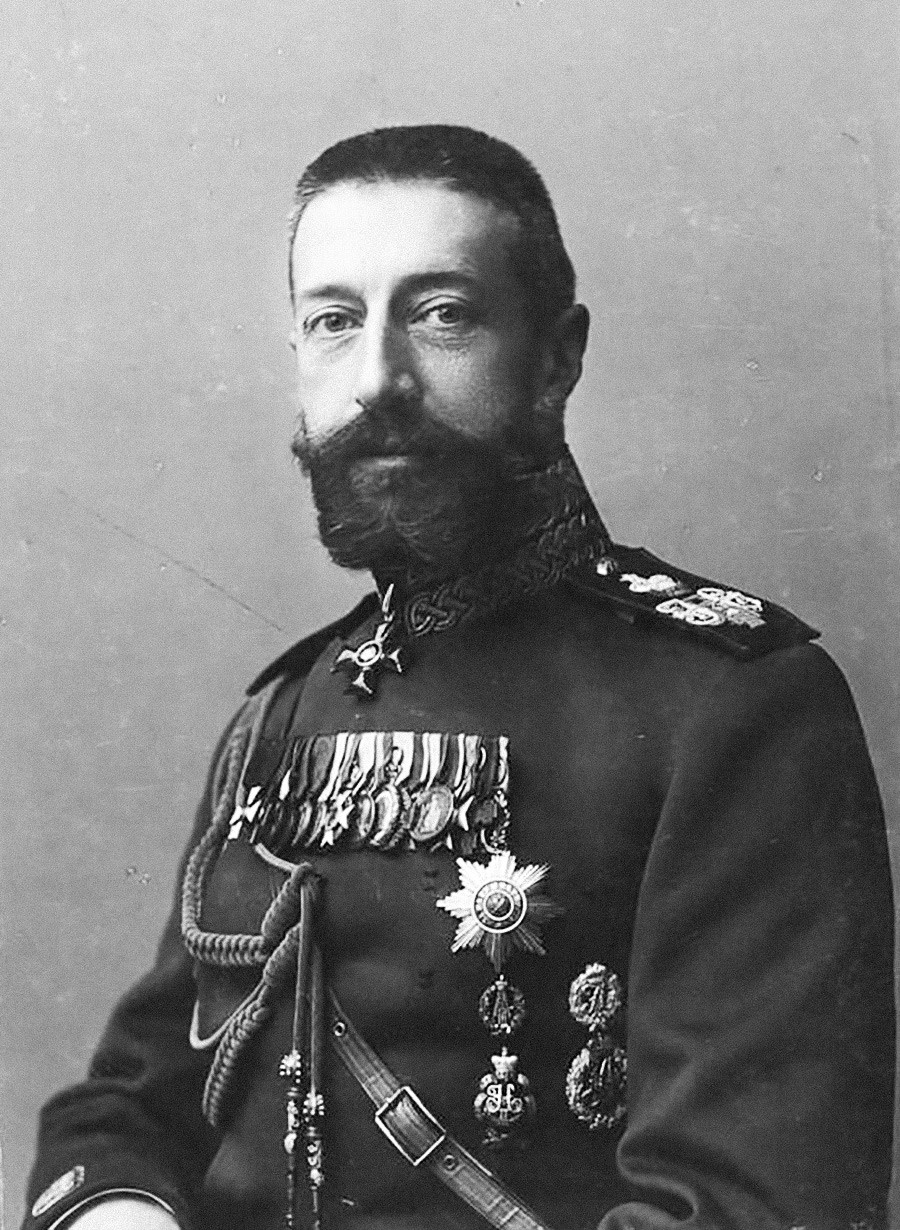
Grand Duke Konstantin Romanov, 1903
St Petersburg State Museum of Theater and Musical Art/russiainphoto.ruWith the coming of Soviet power, nobles were stripped of their titles and fortunes. Then came the devastating Civil War and the Red Terror, followed by the short-lived New Economic Policy and relative freedom. During this time, there were lots of military men everywhere (in tunics without shoulder straps, since titles had been scrapped), as well as fancily dressed creatives.
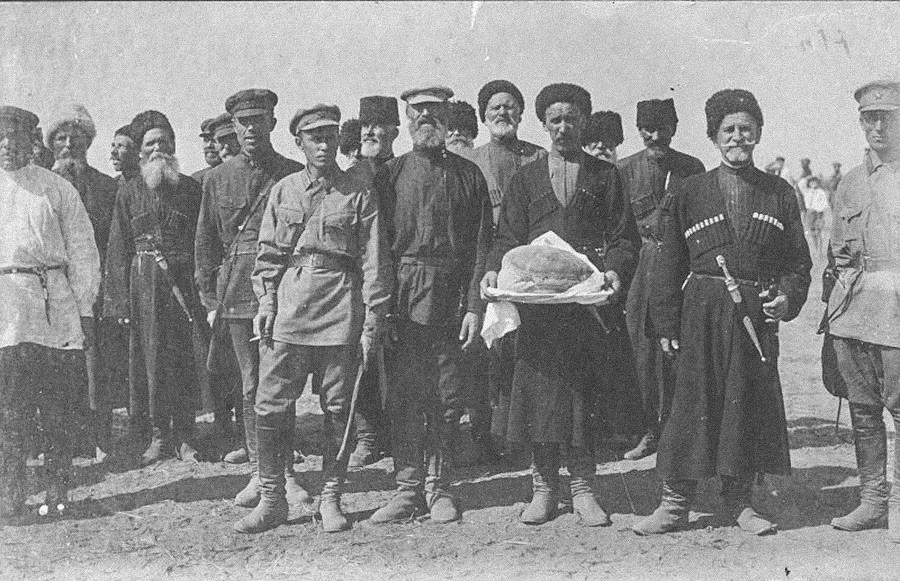
Kuban Cossacks, 1927
Unknown author/МАММ/МDF/russiainphoto.ru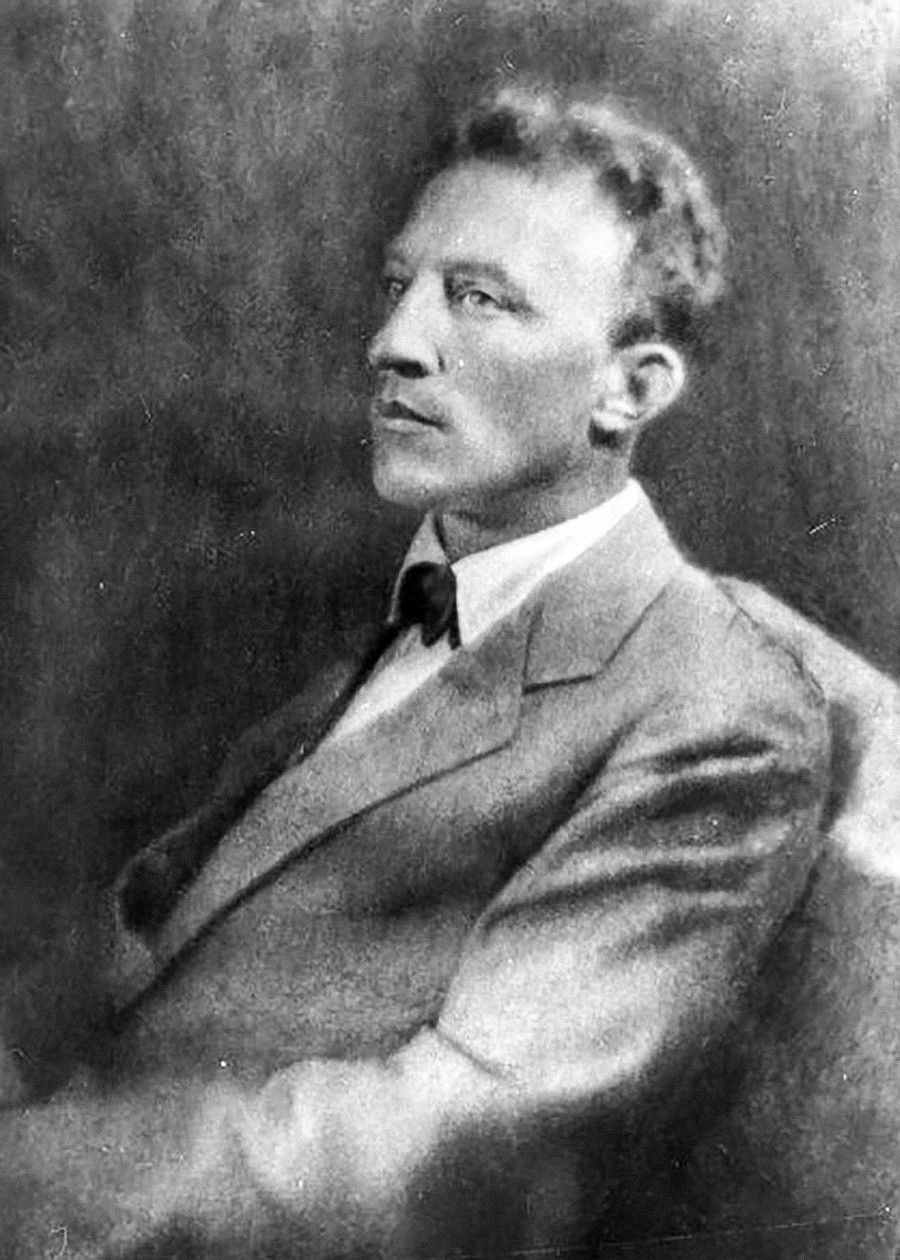
Leading Silver Age poet Alexander Blok
Moisey Nappelbaum/МАММ/МDF/russiainphoto.ru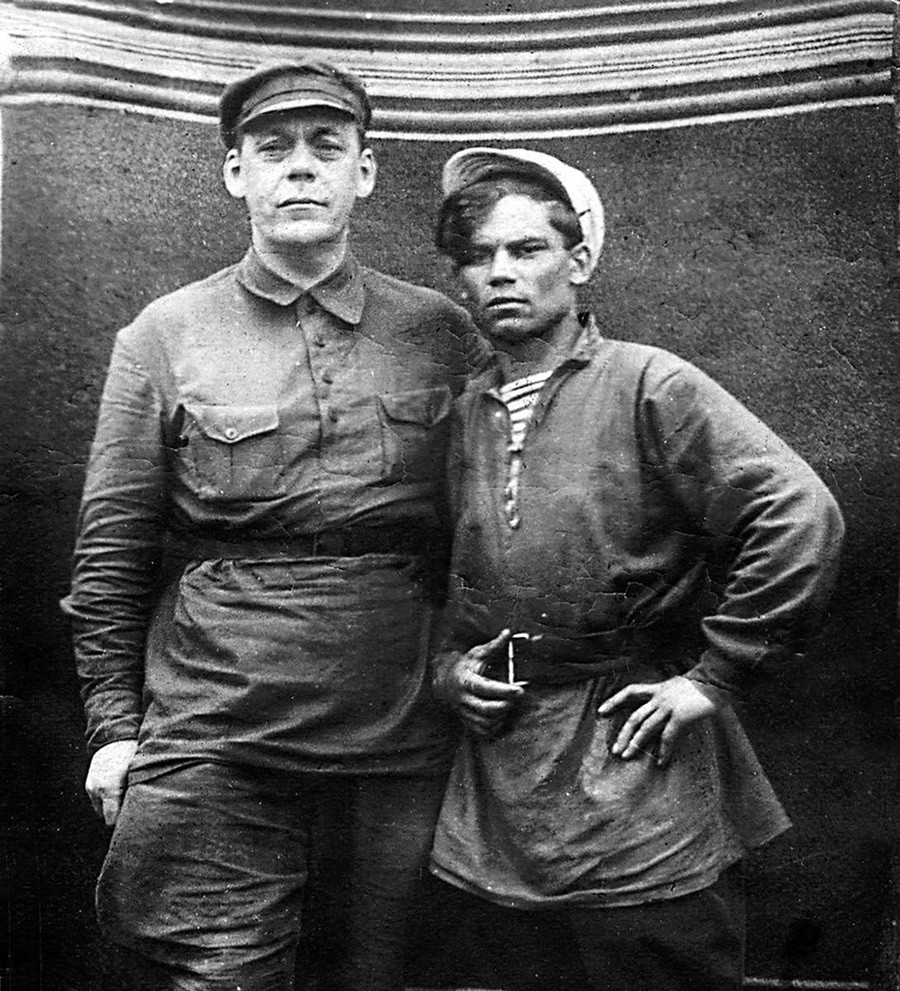
Red commander Ivan Kashirin (left) and Komsomol member Alexei Pavlov, 1920s
State Historical Museum of the Southern Urals/russiainphoto.ru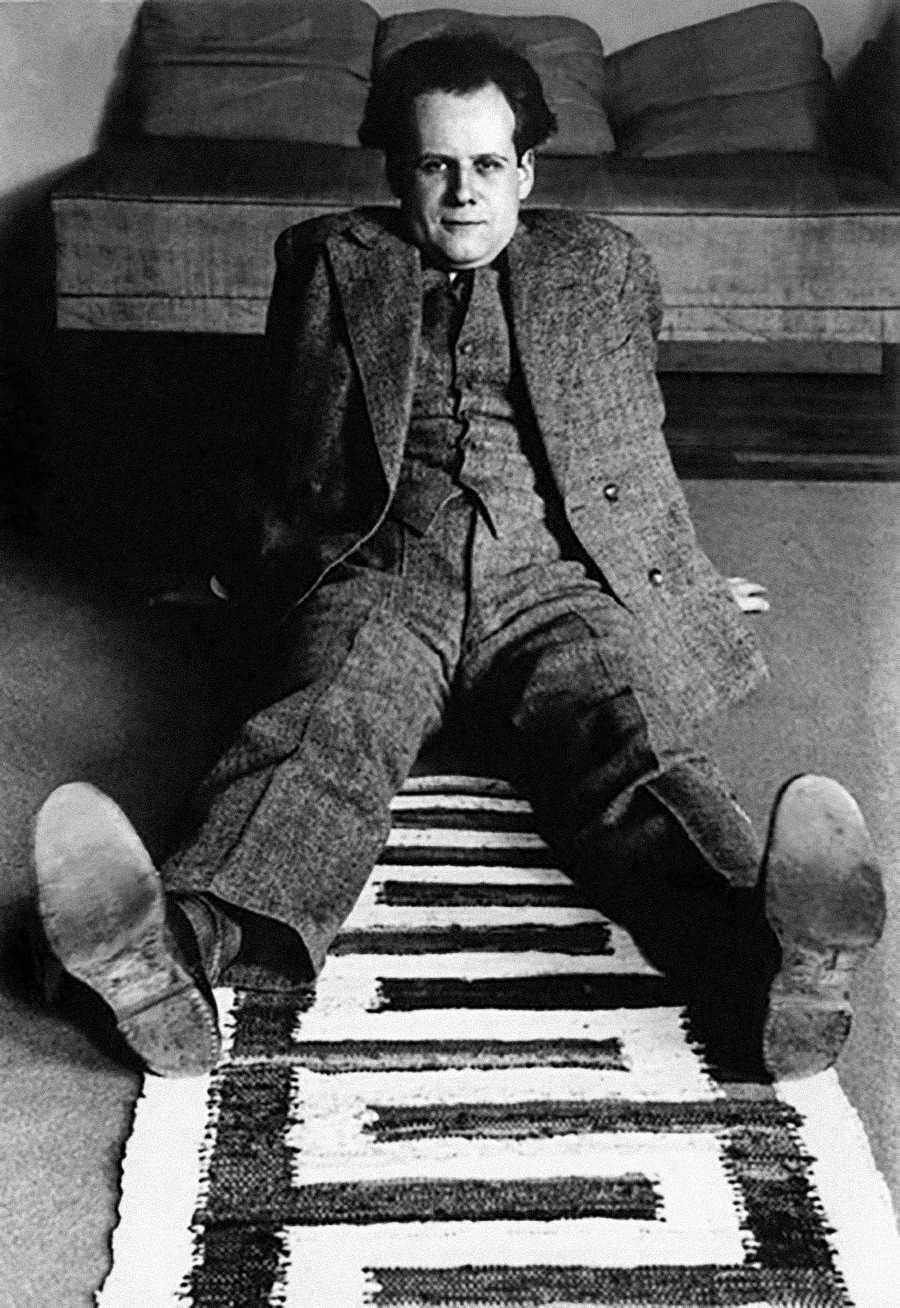
Film director and maker of Battleship Potemkin Sergei Eisenstein, 1920s
Andre Kertes/Russian State Archive of Literature and Art/russiainphoto.ru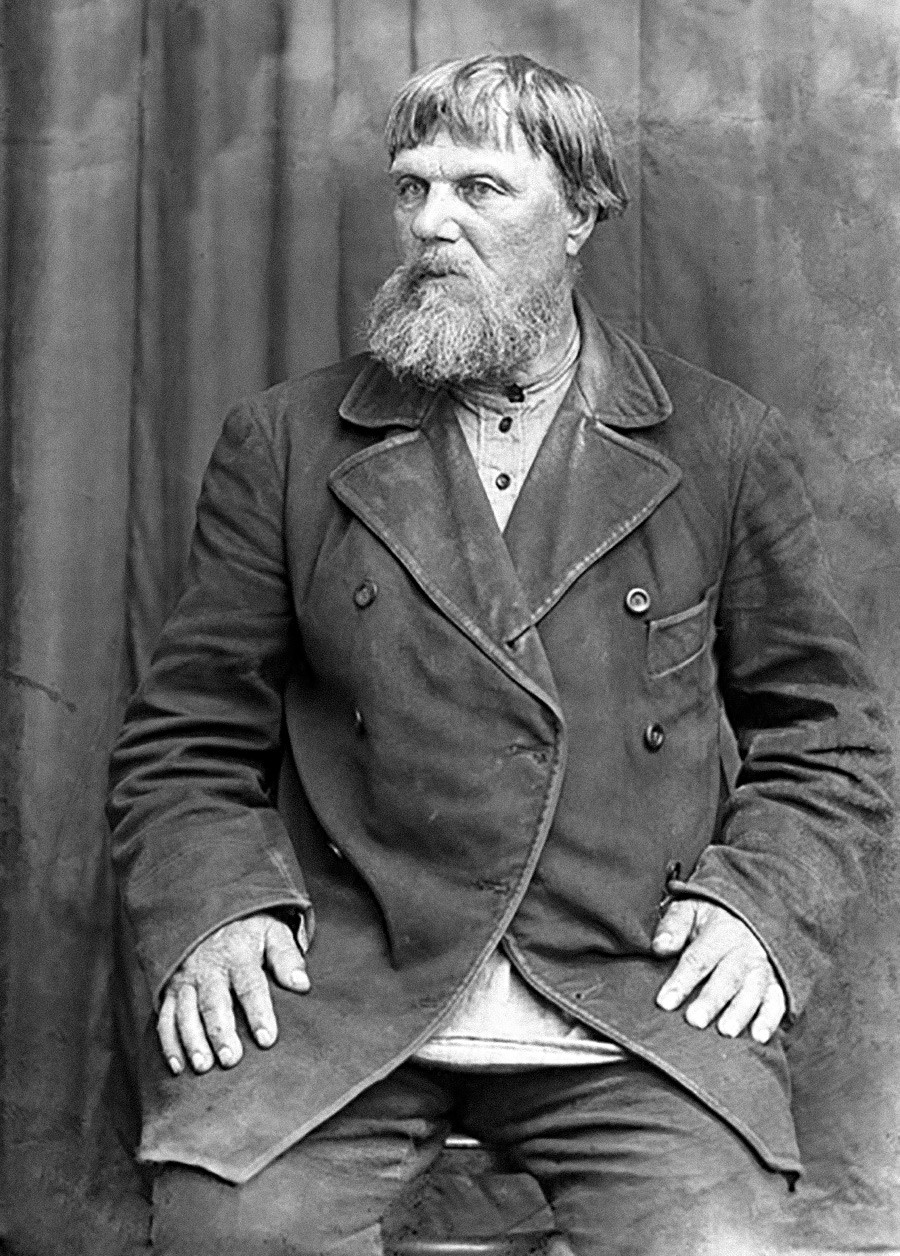
Portrait of a fisherman, 1925
Mikhail Smodor/Kostromskaya Starina/russiainphoto.ru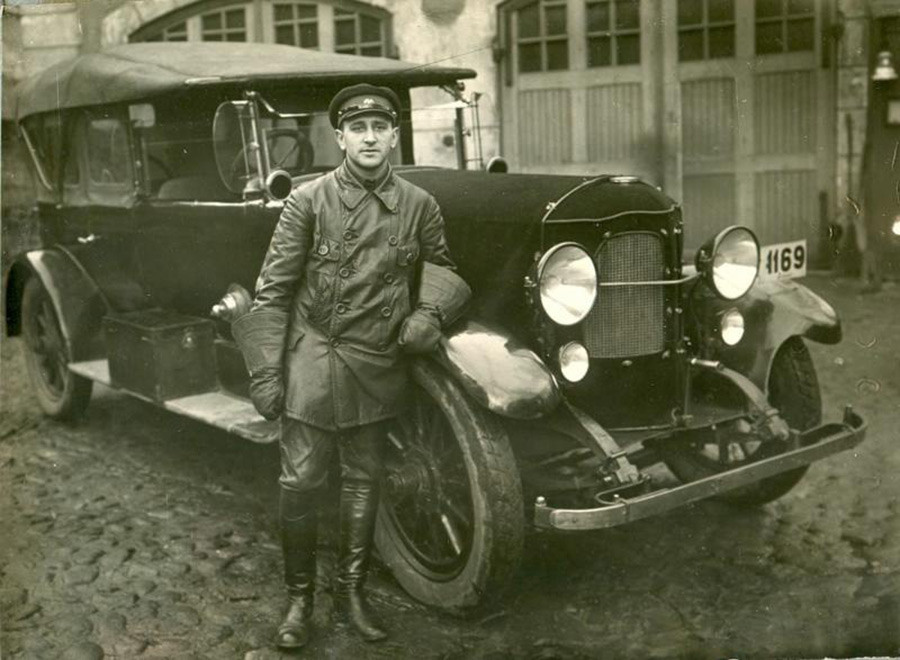
Driver at the Leningrad Fire Department
Unknown author/МАММ/МDF/russiainphoto.ruWhen Stalin came to power, collectivization and industrialization quickly gathered momentum, as did the Gulag camp system, one of the most tragic episodes in Soviet history. Photographers were sent to large Soviet construction sites to chronicle the “idyllic” lives of workers and collective farmers.
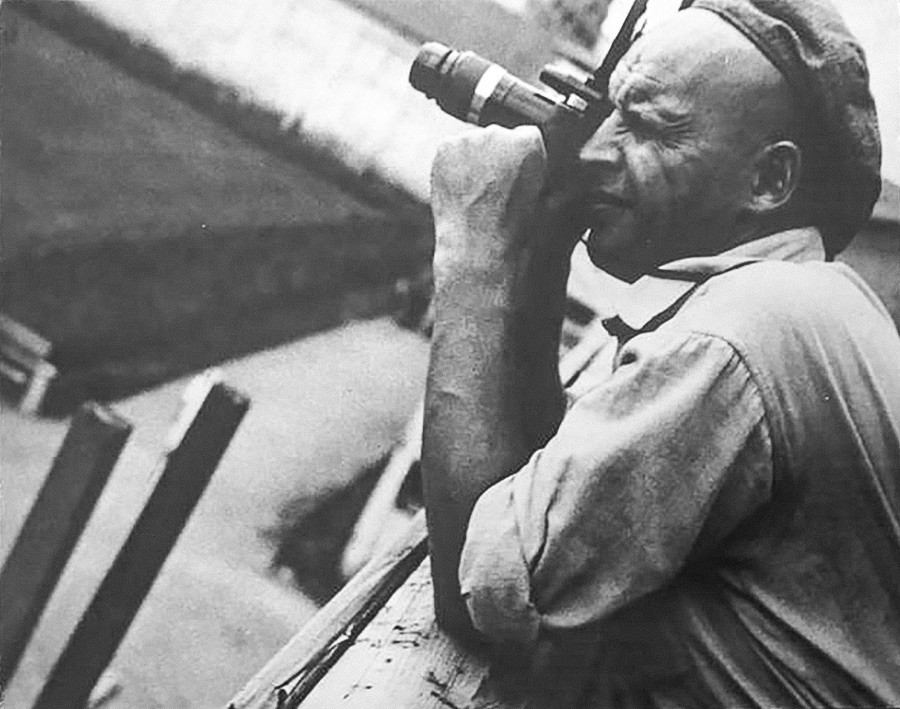
Iconic Soviet photographer Alexander Rodchenko at the White Sea Canal construction site, 1933
Anatoly Skurikhin/МАММ/МDF/russiainphoto.ru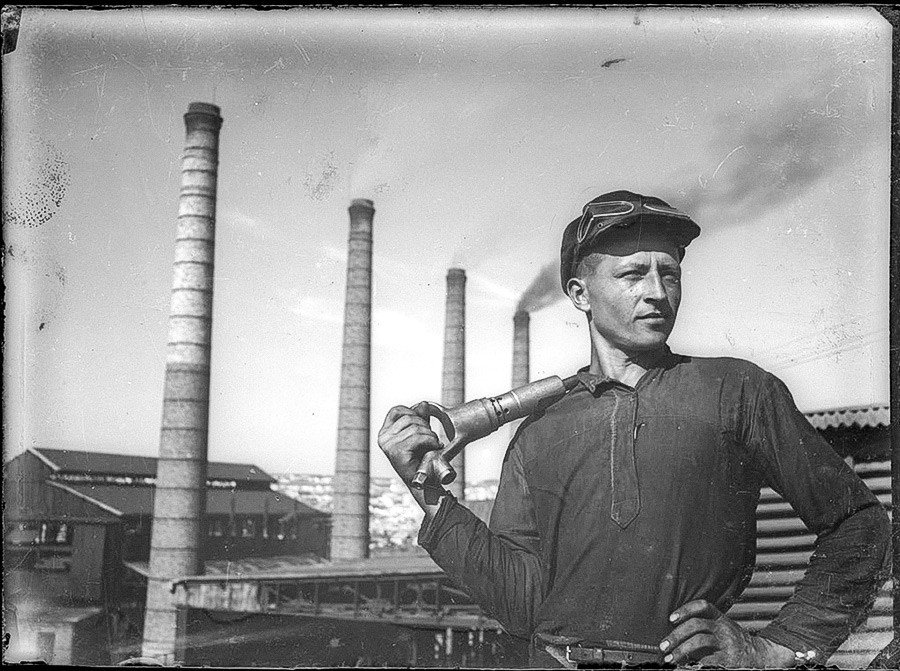
Donbass miner, 1934
Evgeny Khaldey/МАММ/МDF/russiainphoto.ru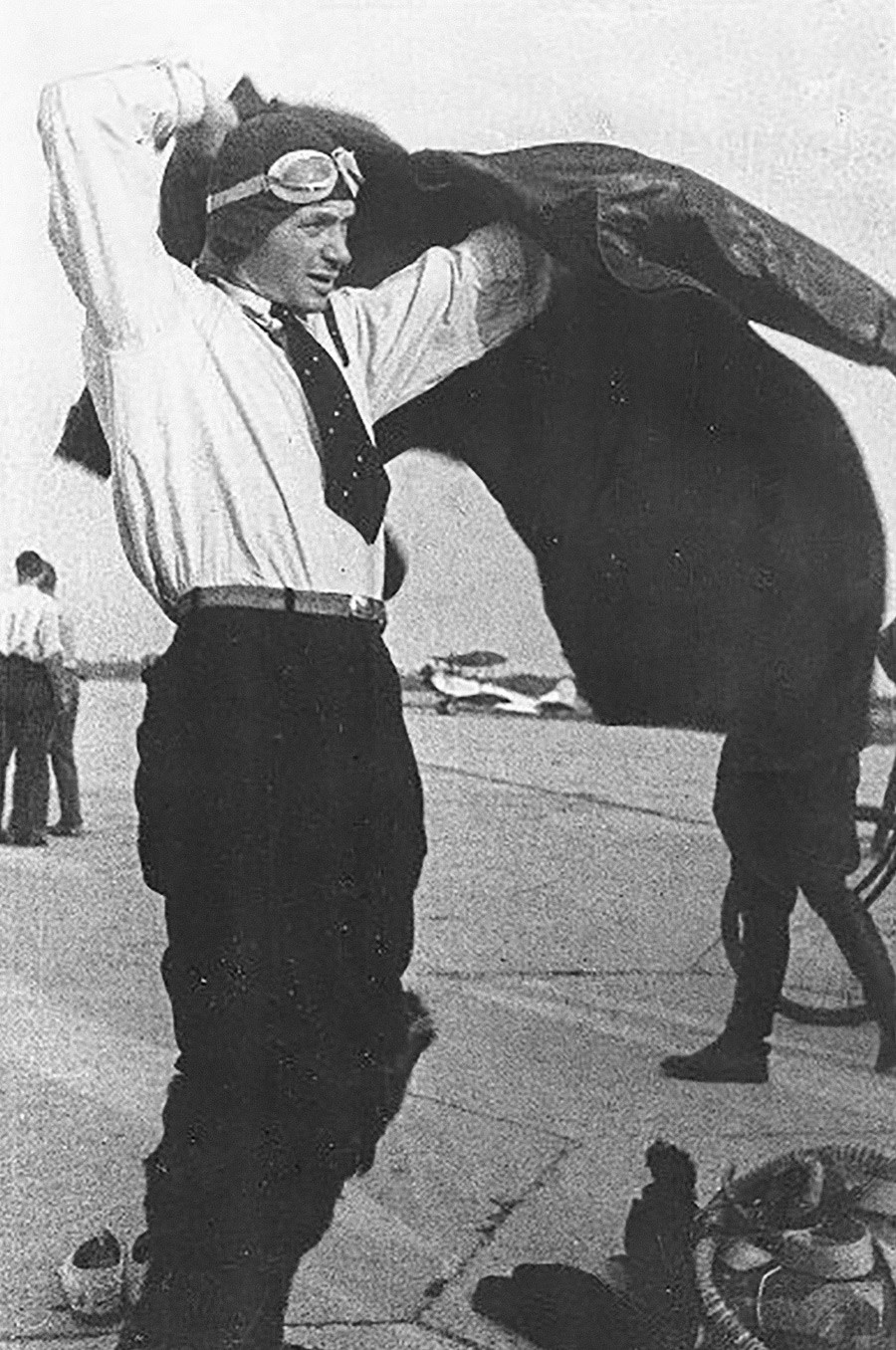
Test pilot Vladimir Kokkinaki before his next flight, 1930s
Ivan Shagin/МАММ/МDF/russiainphoto.ruPoet David Samoilov added the epithet rokovyie (“fatal”) to the word sorokoviye (“forties”), since in Russian they differ by just one syllable. It was a time of war, ongoing purges, hunger, evacuations, and inhuman living conditions. As for menswear, it consisted of military uniforms, greatcoats, and quilted jackets.
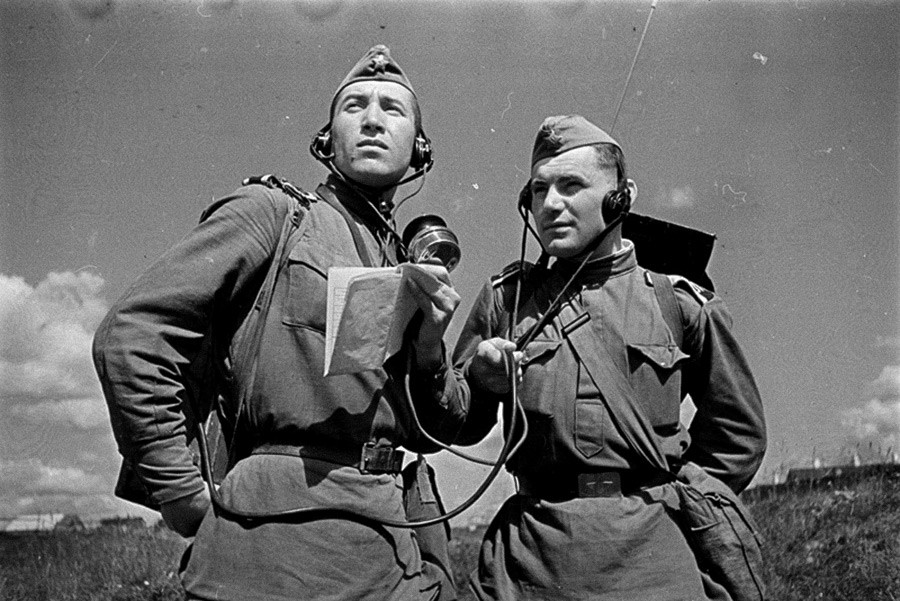
Radio operators in World War II, 1943
Arkady Shaikhet/МАММ/МDF/russiainphoto.ru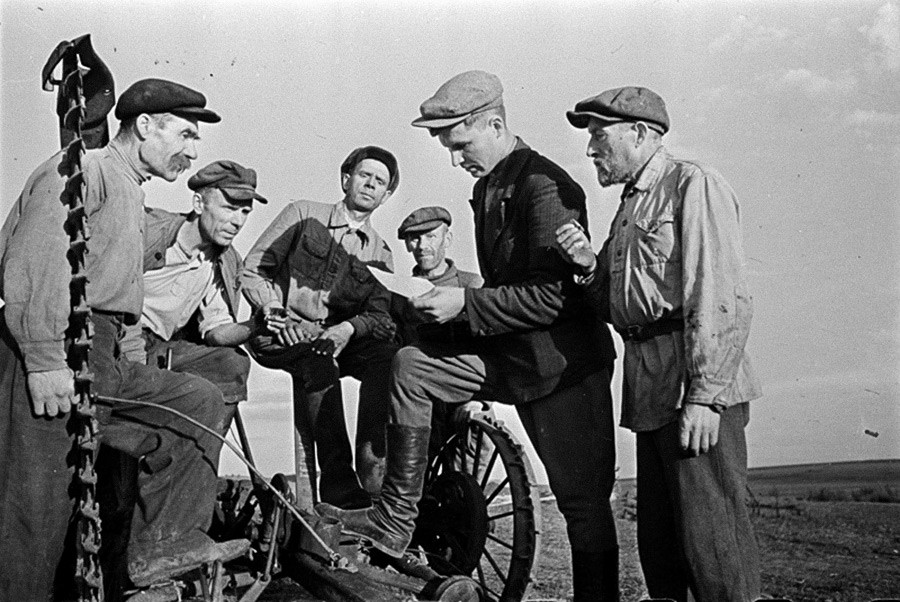
Peasant Daniil Zernov with fellow villagers during WWII, 1943
Arkady Shaikhet/МАММ/МDF/russiainphoto.ru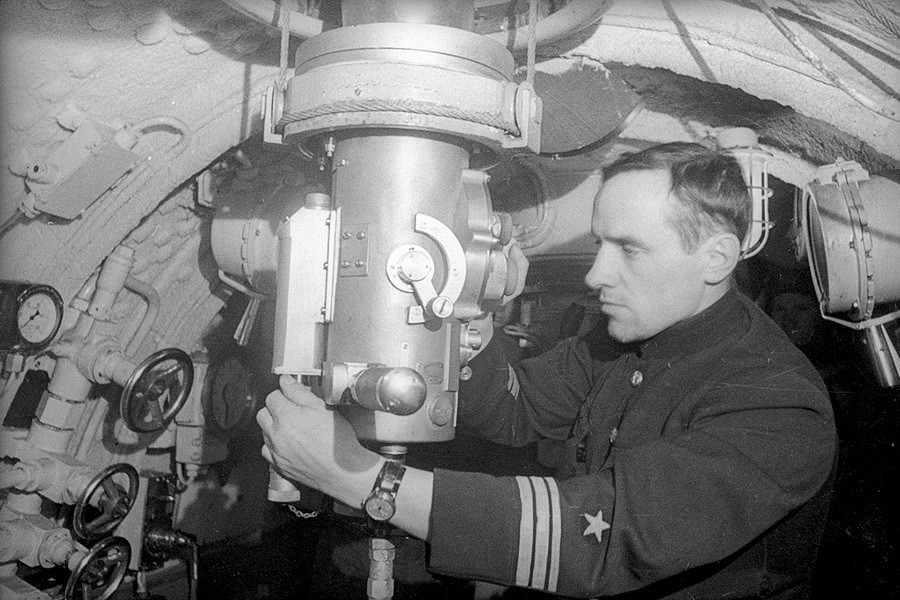
Submarine commander and Hero of the Soviet Union Valentin Starikov in the conning tower, 1942
Evgeny Khaldey/МАММ/МDF/russiainphoto.ru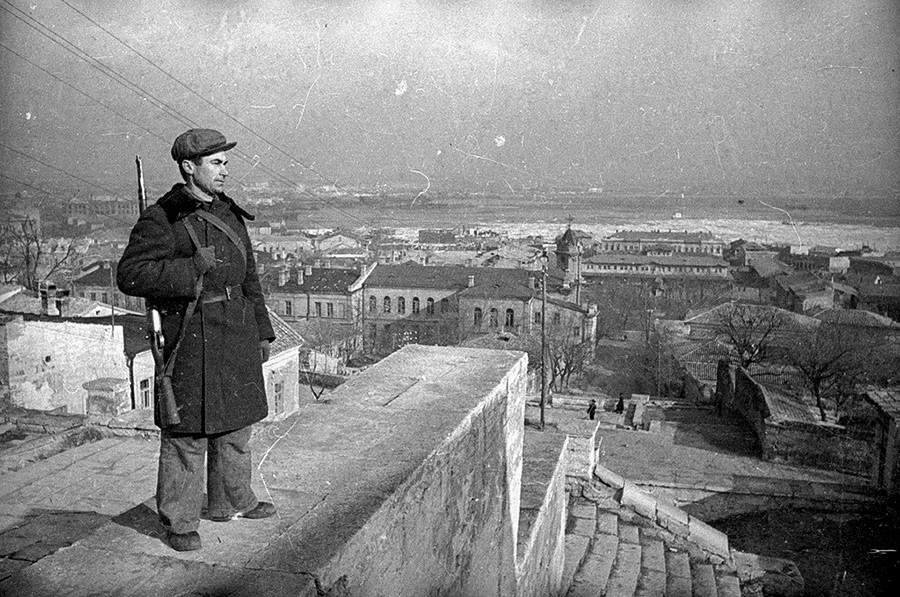
Militiaman in Crimea, 1940s
Evgeny Khaldey/МАММ/МDF/russiainphoto.ru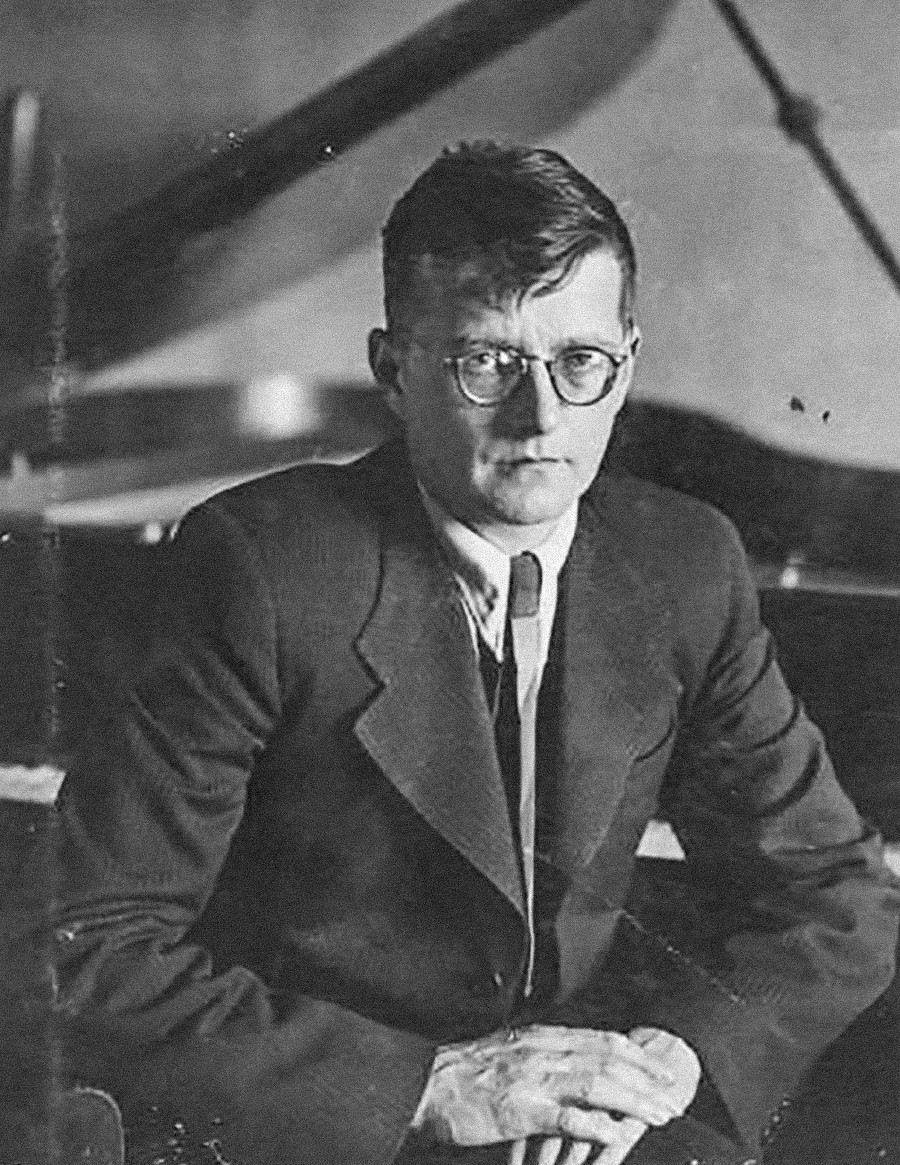
Composer Dmitry Shostakovich, 1940s
Boris Fabisovich/MAMM/MDF/russiainphoto.ruIn the post-war 1950s, life slowly returned to normal; military overcoats were replaced by austere suits. Men returned to civilian professions, including farming the land and exploring far-flung corners of the Soviet Union.
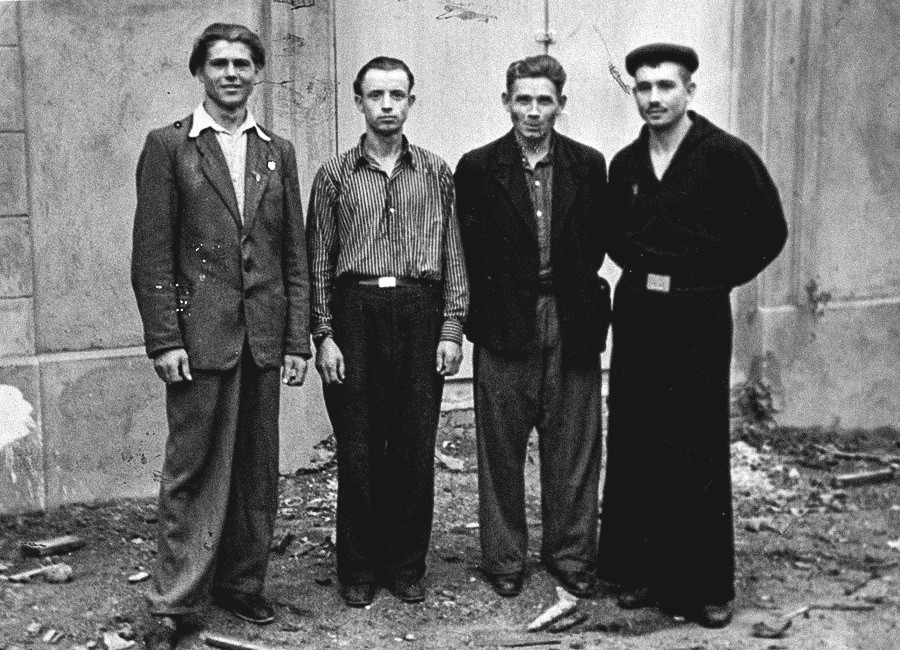
Men, 1950s
Archive of Alina Bashmakova/russiainphoto.ru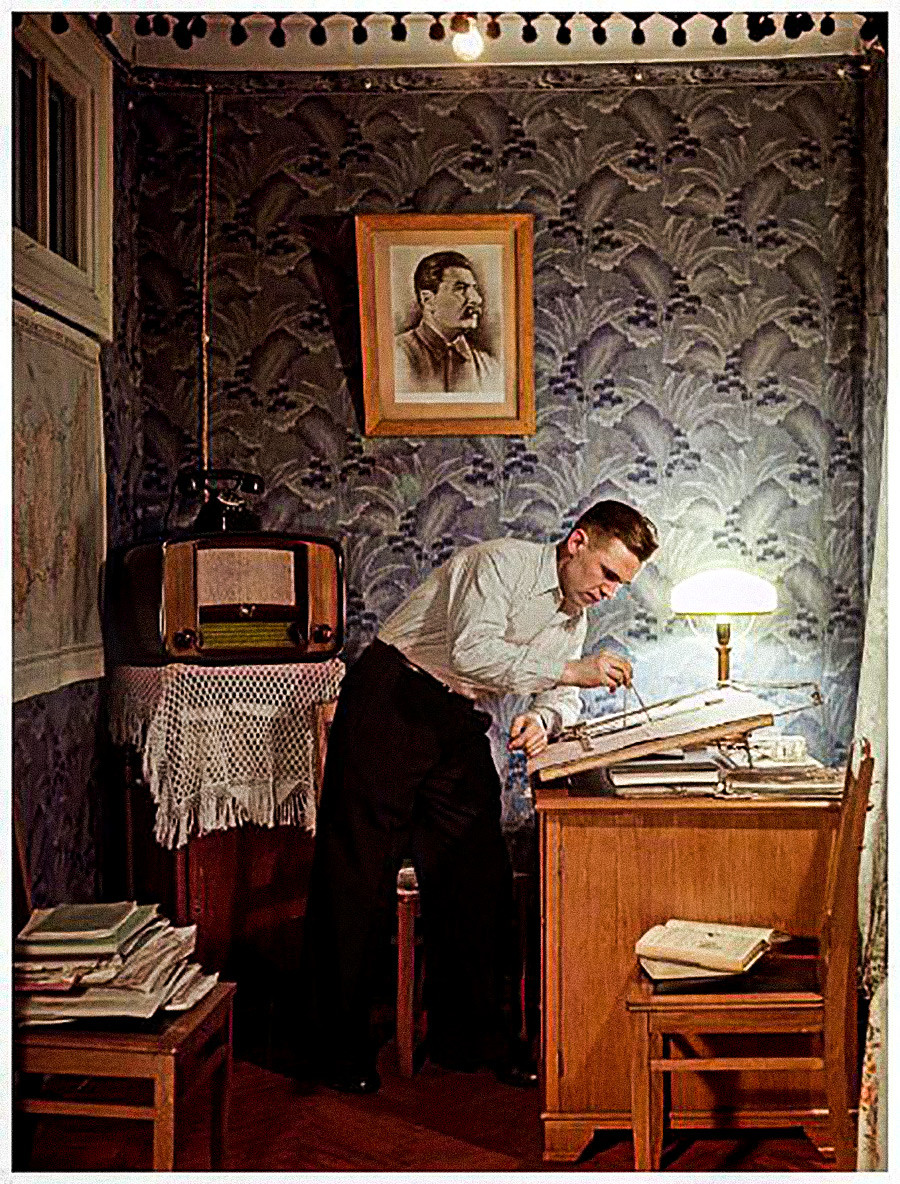
Metalworker at the Economizer plant and Stalin Prize winner Ivan Kartashev, 1953
Semyon Fridlyand/MAMM/MDF/russiainphoto.ru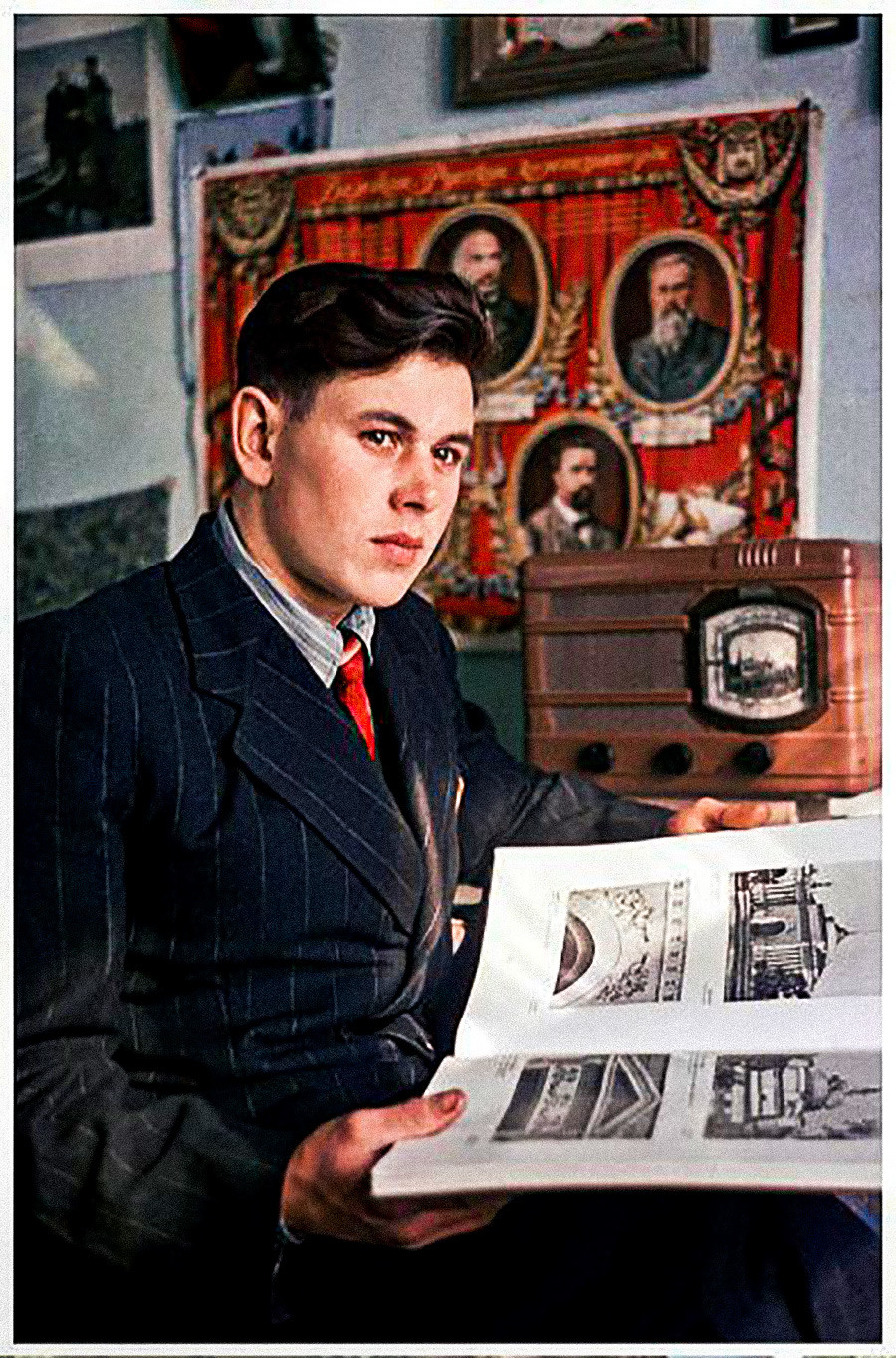
Young construction worker at the Volga-Don Canal, 1953
Alexey Gostev/MAMM/MDF/russiainphoto.ru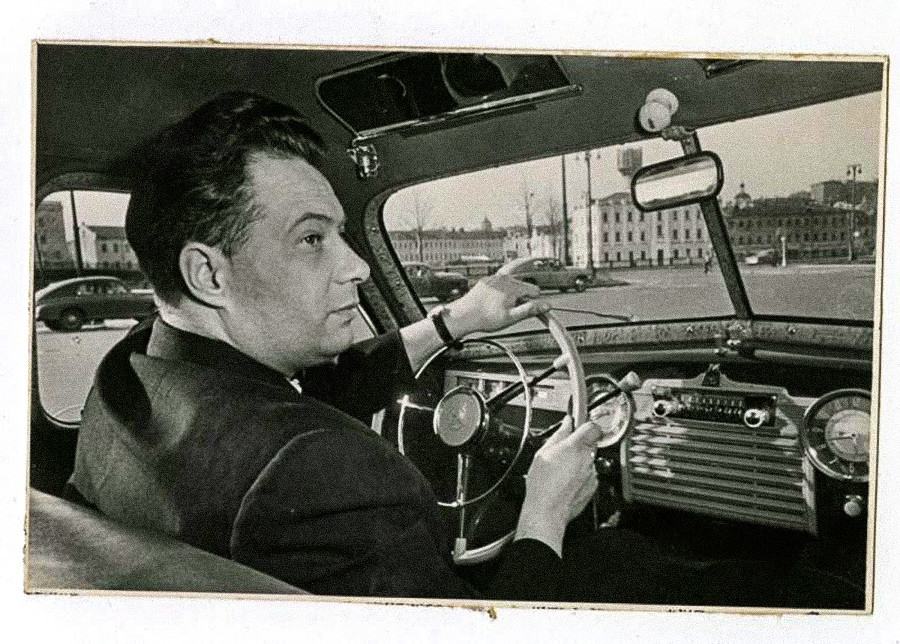
Composer Nikolay Ozerov at the wheel of a Pobeda car, 1950s
Sergey Vasin/MAMM/MDF/russiainphoto.ru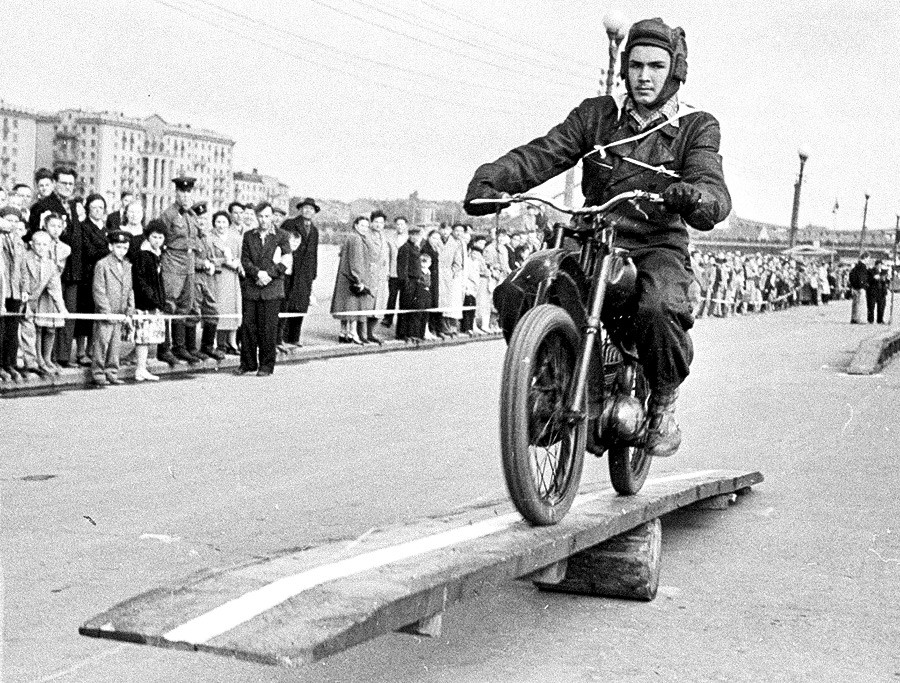
All-Union motorcycling competition, 1951
Valentin Khukhlaev/Archive of Valentin Khukhlaev/russiainphoto.ruThe 1960s are invariably associated with the “Khrushchev thaw” after the harsh Stalinist regime: students, samizdat (self-publication of banned literature), smiles, and renewed construction of apartment blocks.
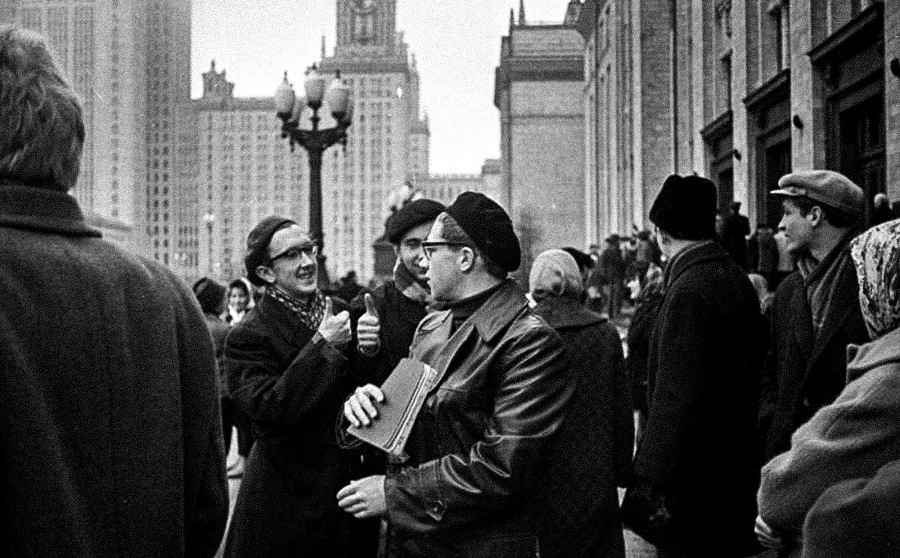
Moscow University students play the game “Guess who?”, 1960s
Vsevolod Tarasevich/MAMM/MDF/russiainphoto.ru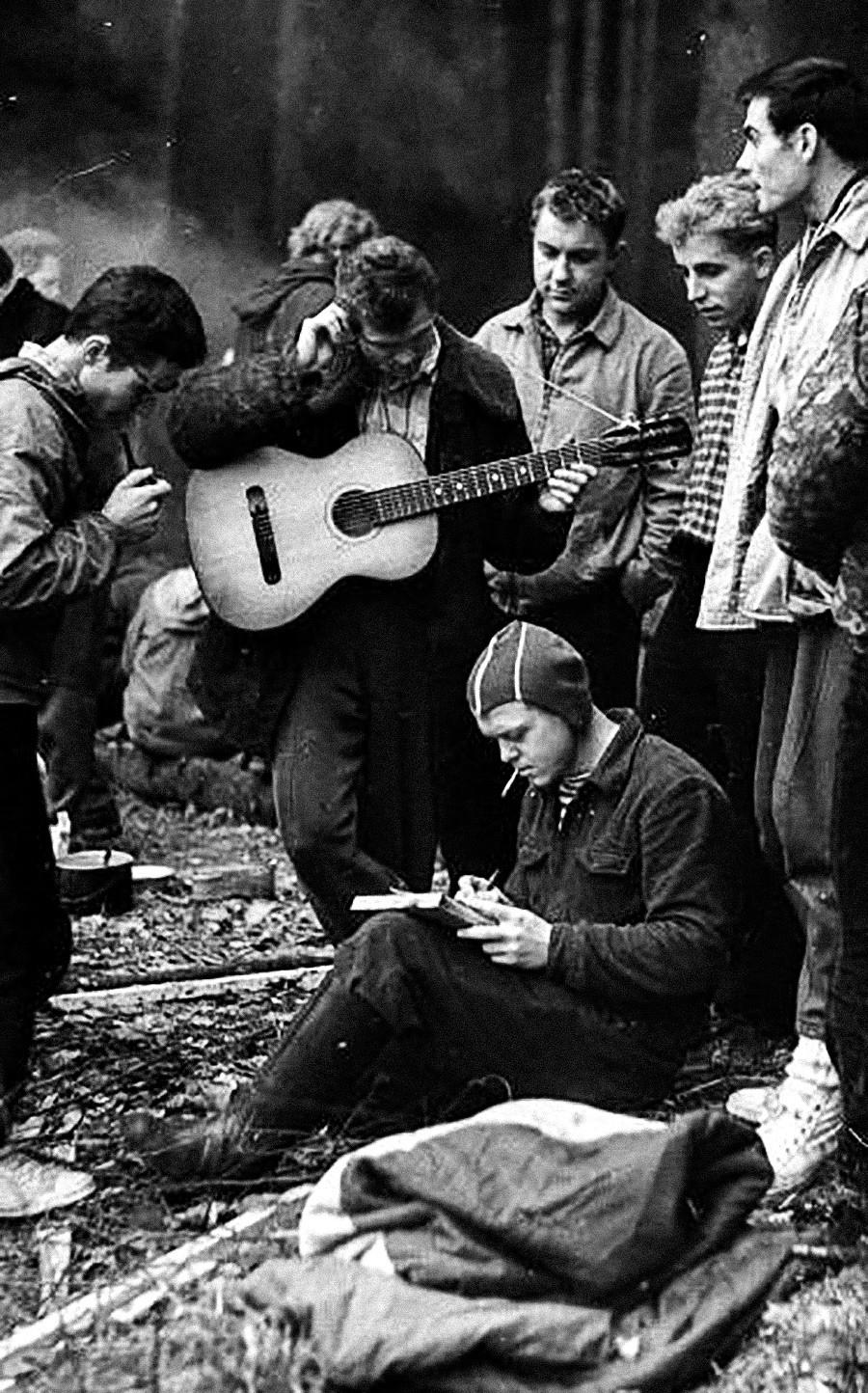
By the campfire on a hike, 1960s
Vsevolod Tarasevich/MAMM/MDF/russiainphoto.ru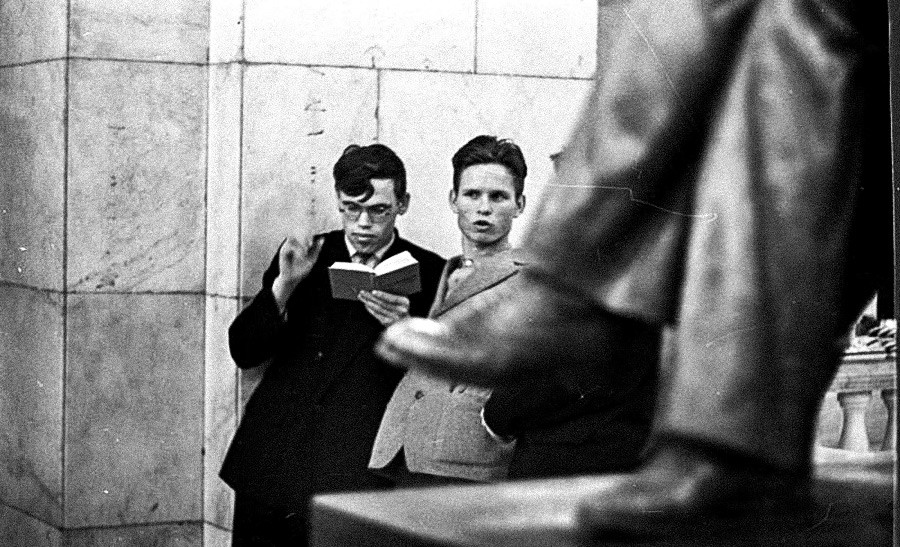
Two students recite poetry, 1960s
Vsevolod Tarasevich/MAMM/MDF/russiainphoto.ru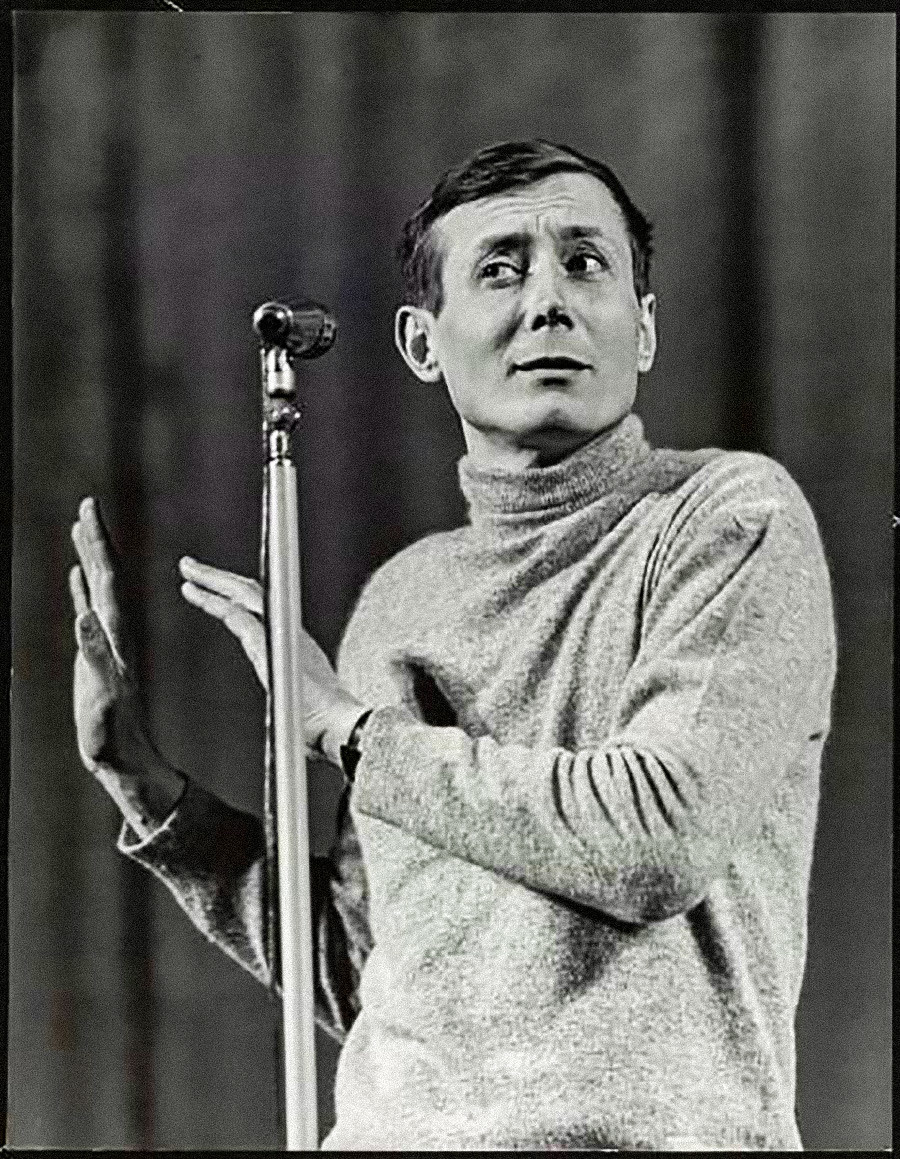
Cult 1960s poet Evgeny Yevtushenko
Oleg Mertsedin/MAMM/MDF/russiainphoto.ru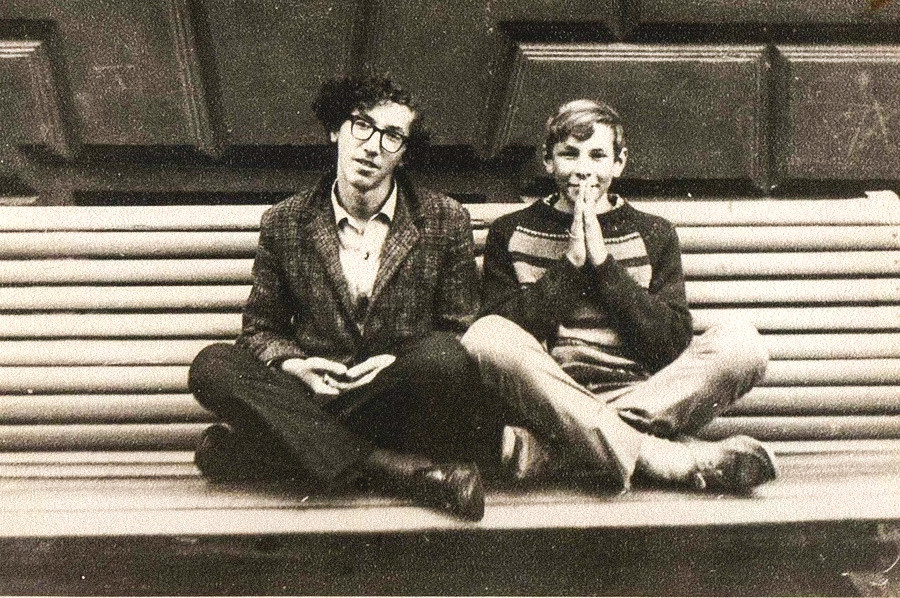
Youth, 1960s
Archive of Olga Shitova-Belova/russiainphoto.ruThe 1970s saw the arrival of trendy fops, bell-bottomed trousers, outlandish hairstyles, as well as cult Soviet films.
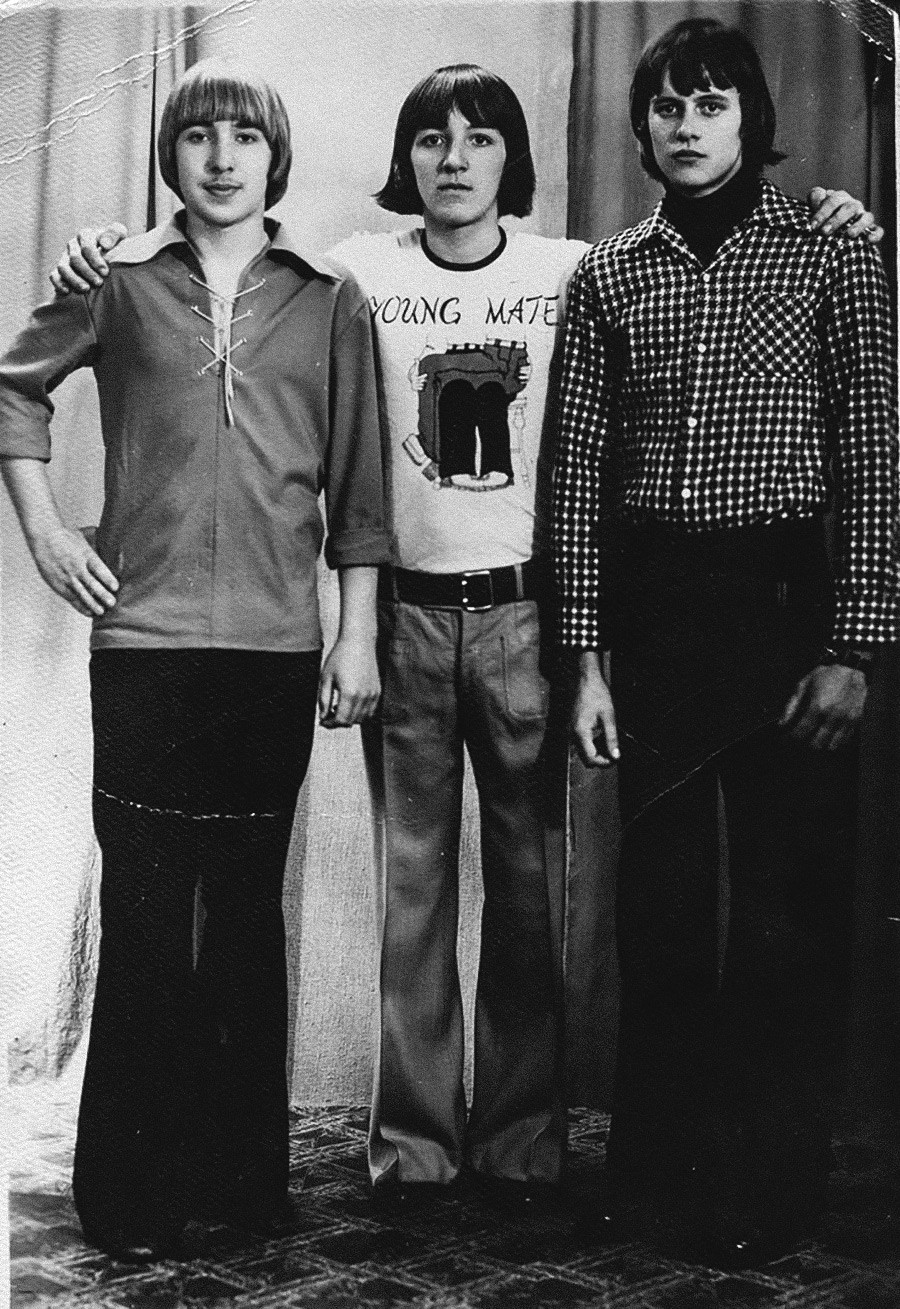
Komsomol members, 1976
Photo from the archive of Maria Deryabina/russiainphoto.ru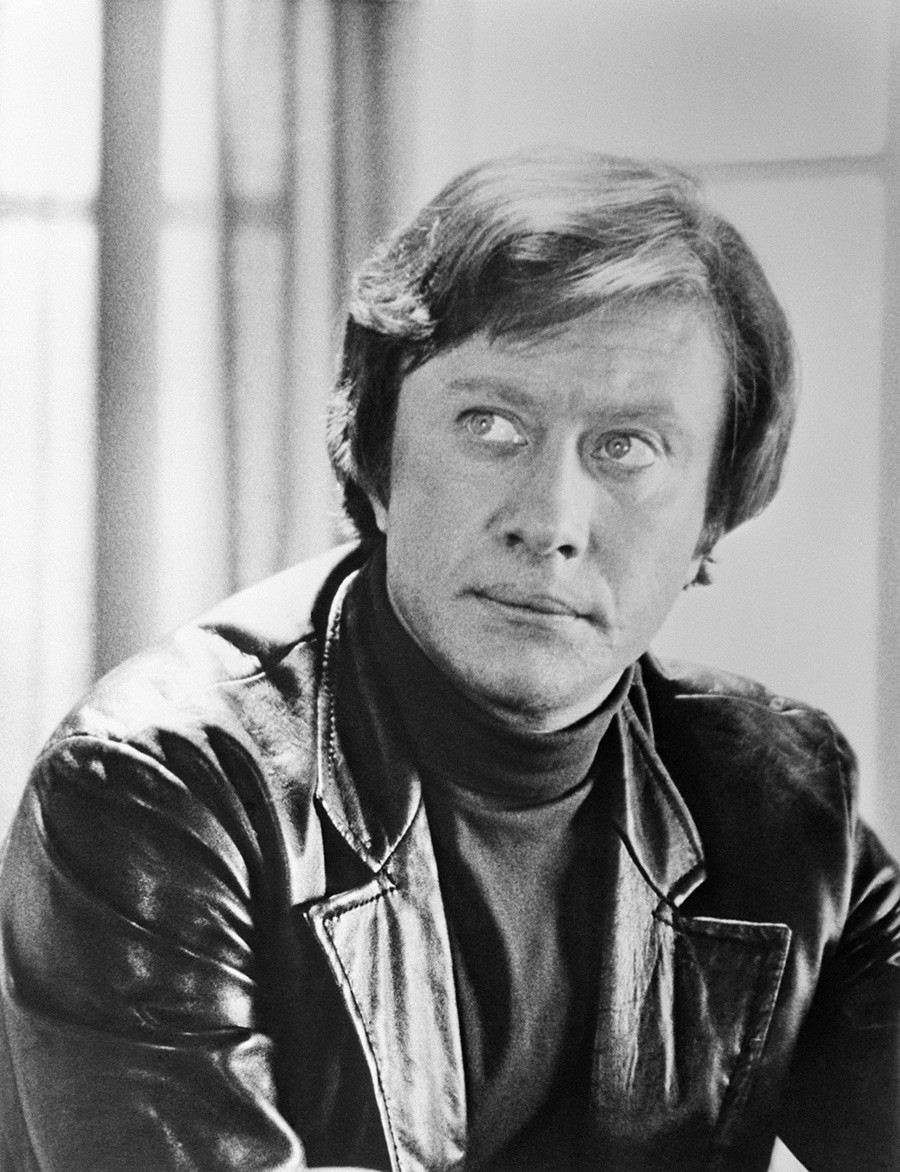
Cult Soviet actor and sex symbol Andrei Mironov, 1976
TASS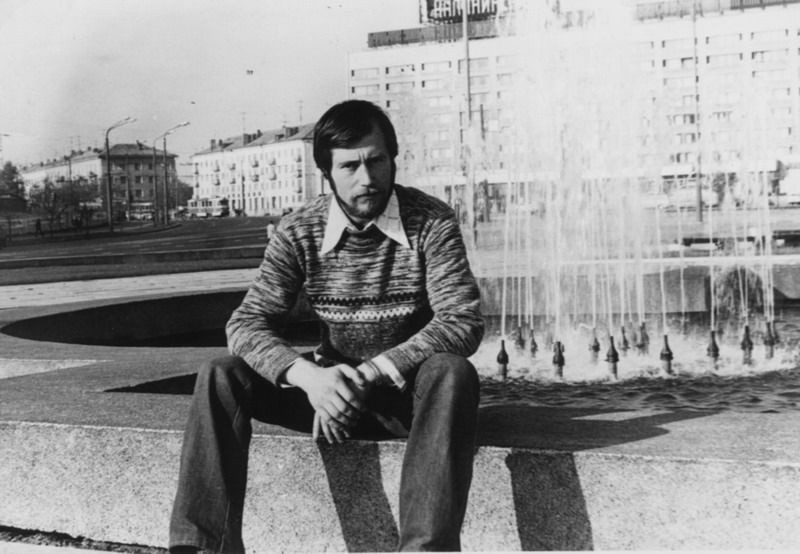
Portrait of a man, 1970s
Kaskad Media Holding/russiainphoto.ru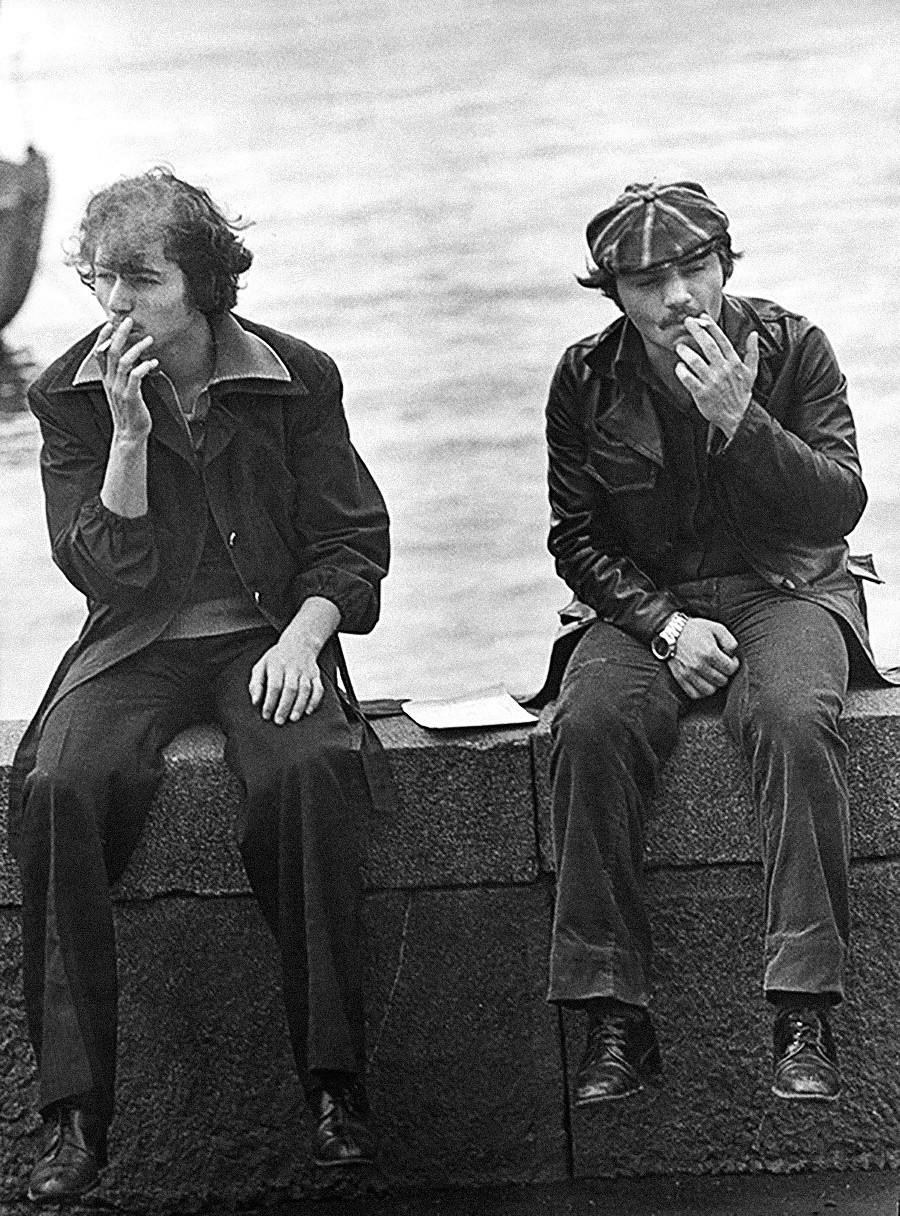
By the sea, 1979
Mikhail Dashevsky/russiainphoto.ruToday’s 40+ generation is nostalgic about the 1980s, because it was their time! The Moscow Olympics, the first taste of freedom, hippies, oversized glasses, rock, and Freddie Mercury mustaches!

“Ejected in the last minute. Handball”, 1980
Vladimir Vyatkin/MAMM/MDF/russiainphoto.ru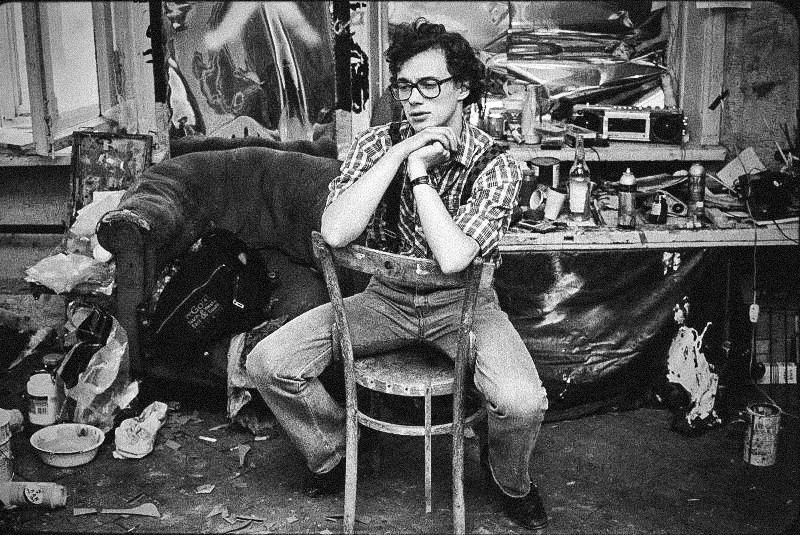
Artist Guram Abramishvili, 1987
Sergey Rumyantsev/MAMM/MDF/russiainphoto.ru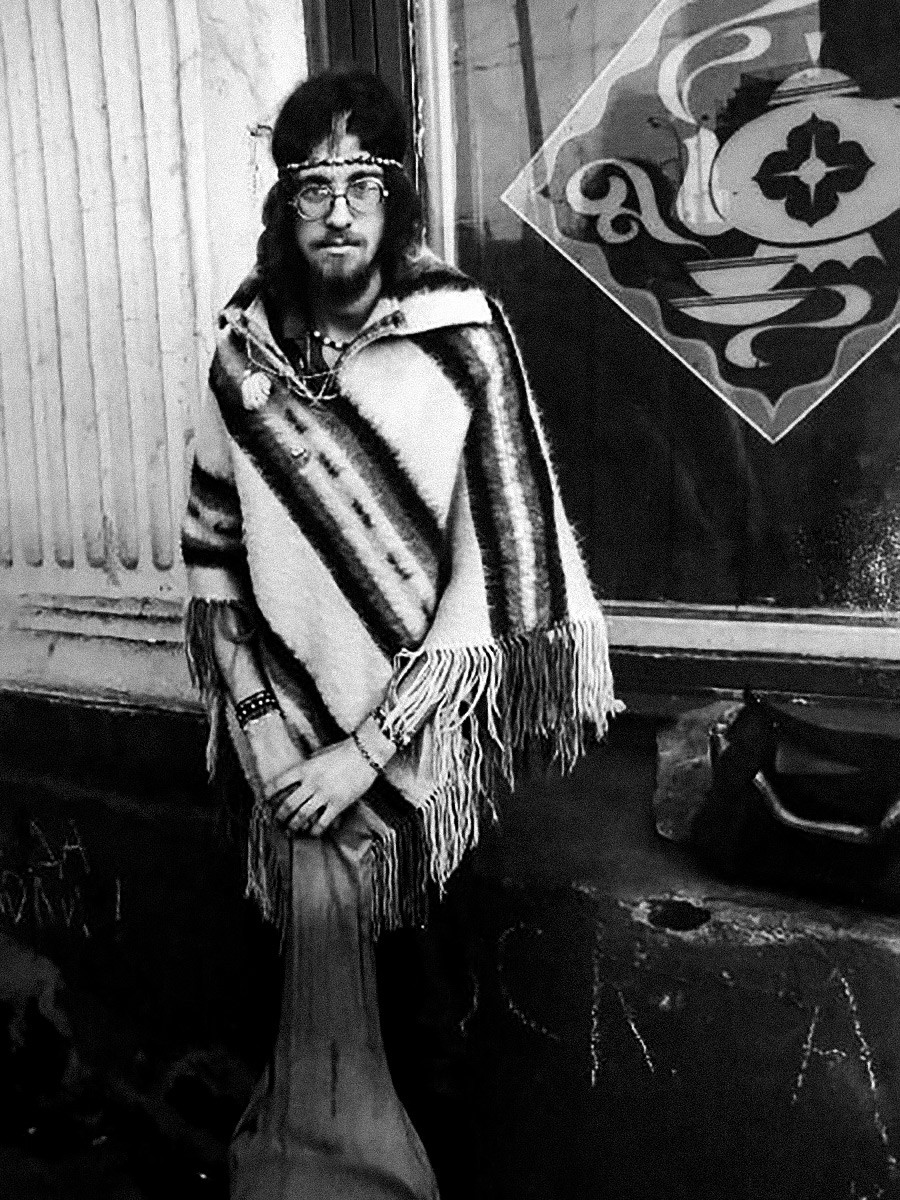
Moscow, 1987
Igor Mukhin/MAMM/MDF/russiainphoto.ru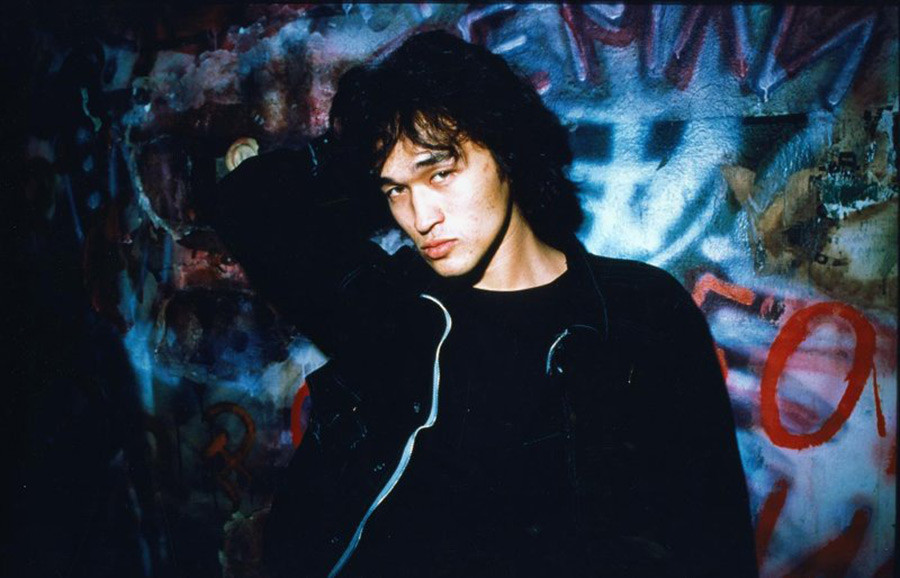
Cult rock musician Viktor Tsoi, 1986
Sergey Borisov/MAMM/MDF/russiainphoto.ru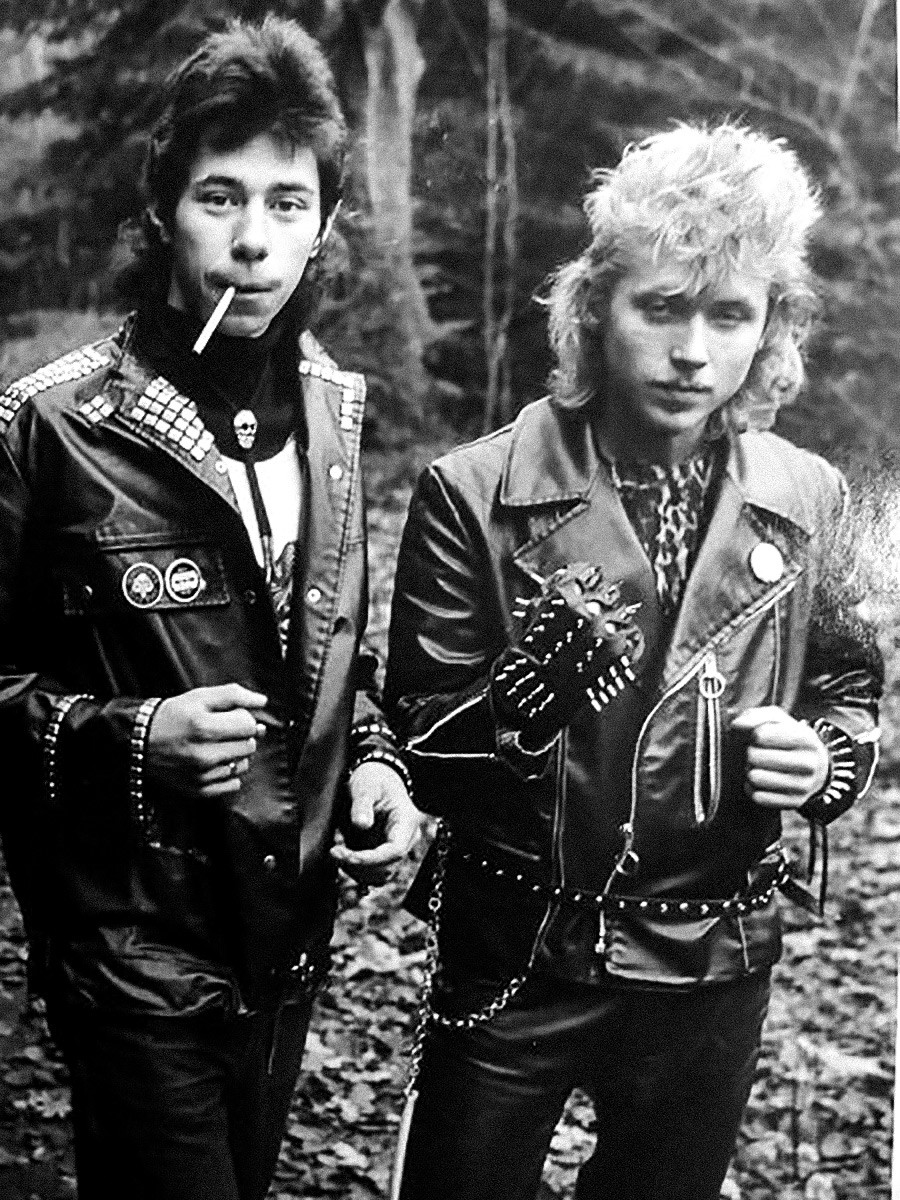
Rockers, 1985
Sergey Borisov/MAMM/MDF/russiainphoto.ruThe 1990s saw perhaps the most radical changes of all: the collapse of the Soviet Union, the birth of a new country, and the opening up to the West. It was a time of snow-washed jeans and bold experiments, including fashion-wise.
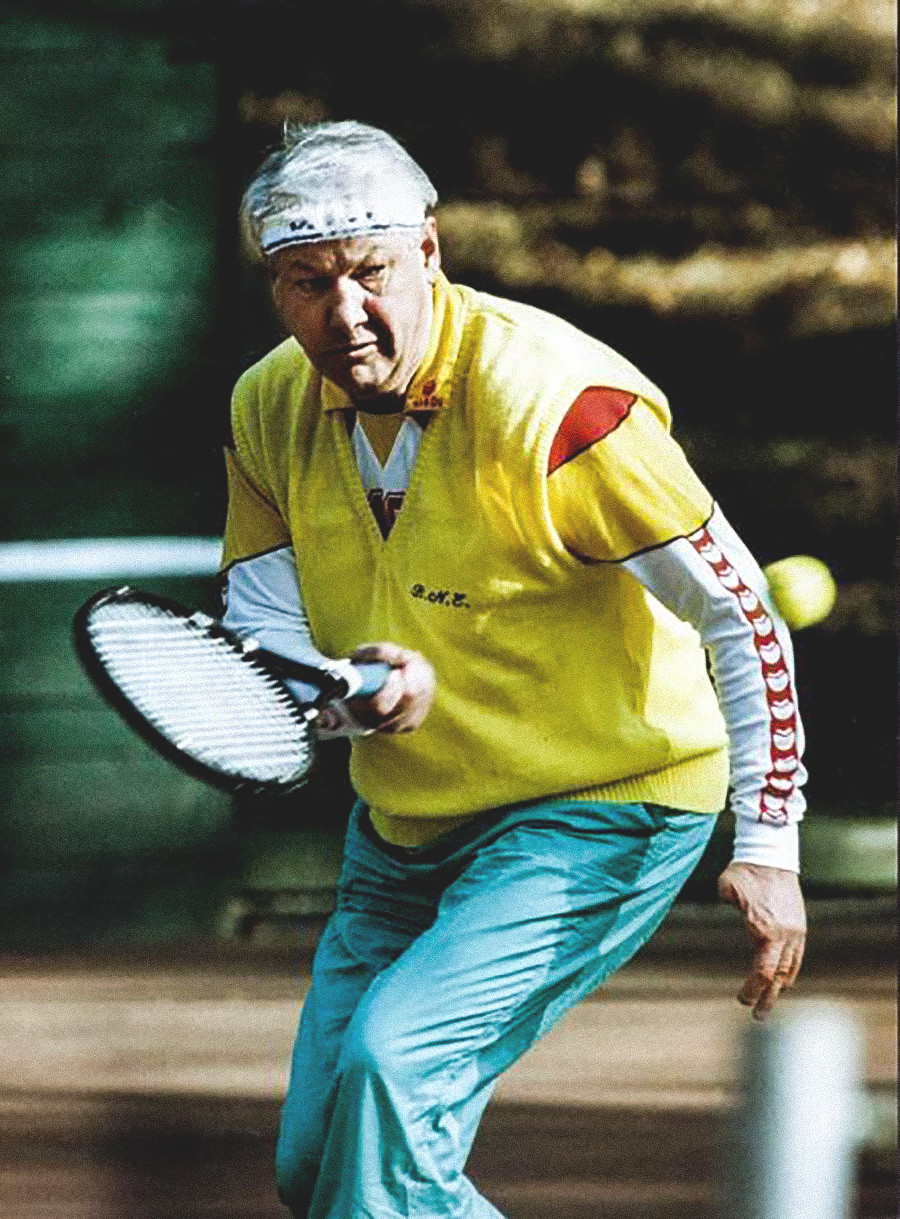
First President of Russia Boris Yeltsin on the court, 1992
Dmitry Donskoy/MAMM/MDF/russiainphoto.ru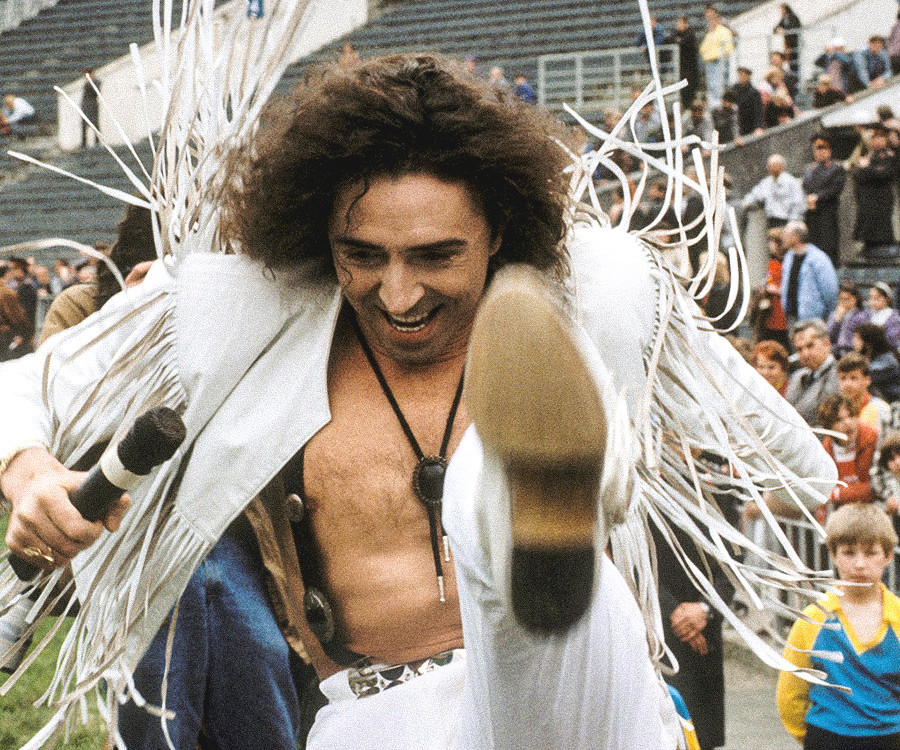
Pop singer Valery Leontiev, 1992
Yuri Abramochkin/Archive of Yuri Abramochkin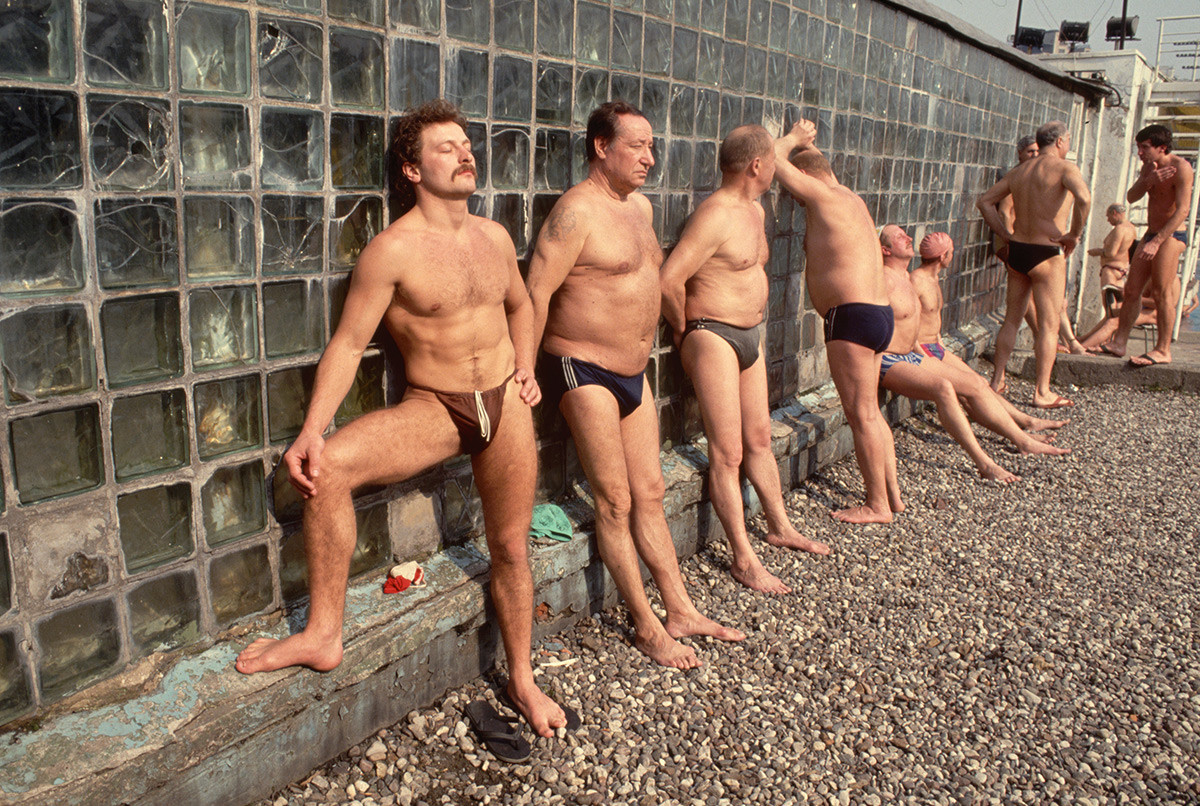
Men at a Moscow swimming pool, 1990s
Getty Images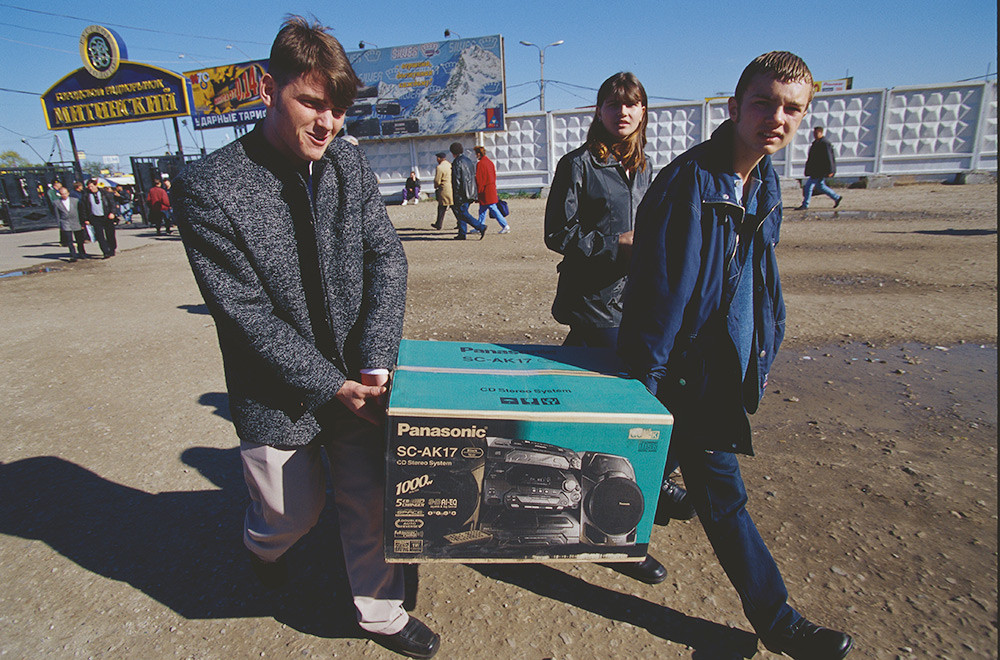
First Western stereo system, Moscow, 1990s
Getty ImagesRead more: Russian women of the 20th century
If using any of Russia Beyond's content, partly or in full, always provide an active hyperlink to the original material.
Subscribe
to our newsletter!
Get the week's best stories straight to your inbox

